If you’re like me, passionate about the Japanese culture, then you will want to see as many museums in Japan as possible. There are so many museums to add to your itinerary. The good news is that Japanese museums are interesting, interactive and some are truly unique, entirely different from your usual boring displays.
For example, the gorgeous and interactive Ghibli Museum in Tokyo, which is great for anyone who wants to get close to Totoro in real life. There is the Hiroshima Peace Memorial Museum, which is a must-see for anyone who would like to understand more about the history of the country. Art museums are especially fascinating, with the Hakone Open-Air Museum being one of the most unusual and most visited places in the whole of Japan. And in recent times, international art collectives like teamLab and the world famed Yayoi Kusama really put Japan on the map when it comes to extraordinary and captivating art.
I love art and appreciate a good museum, which is why I want to introduce you to the most exciting museums in Japan. Here’s the list to help you create a truly captivating art itinerary when planning your trip to Japan.
Table of Contents
- Hakone Open-Air Museum
- Hiroshima Peace Memorial Museum
- Yayoi Kusama Museum
- teamLab Museum
- Tokyo National Museum
- Studio Ghibli Museum
- Kubota Itchiku Art Museum
- Edo Tokyo Museum
- Nezu Museum
- National Art Center, Tokyo
- Otsuka Museum of Art
- Mori Art Museum
- Fukui Prefectural Dinosaur Museum
- Railway Museum in Saitama
- Inujima Seirensho Art Museum
- Nara National Museum
- Toyota Commemorative Museum
- The Sand Museum
- Frequently Asked Questions
Hakone Open-Air Museum
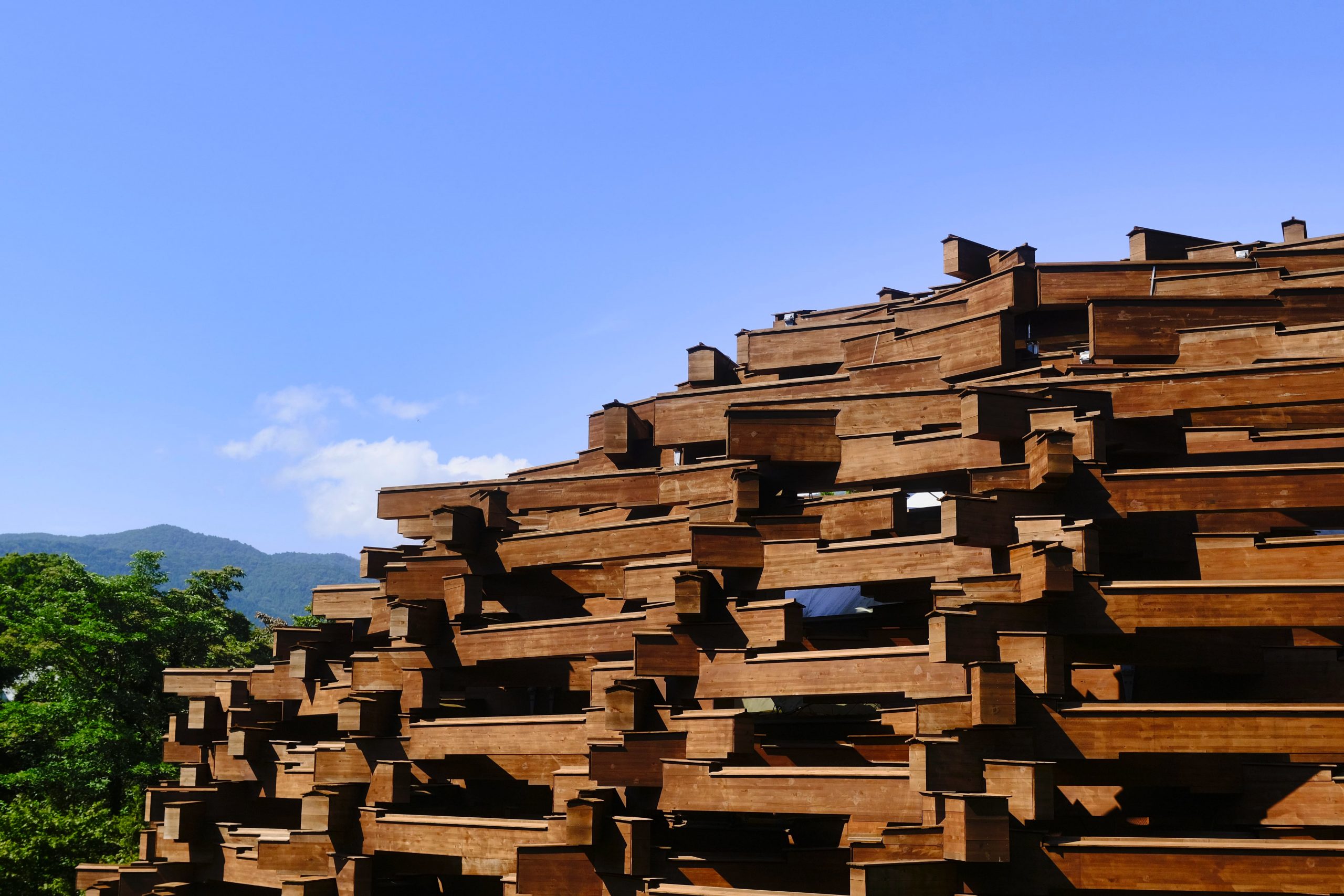
One of my favourite museums in Japan is the Hakone Open-Air Museum, located in Hakone, just two hours from Tokyo, right next to Mt Fuji. Many add this museum to their itinerary when they visit Hakone and for a good reason. In 1969, this was the first open-air museum in Japan. As the name implies, visitors can stroll through a vast collection of artworks displayed in an open setting. Since the collection is exposed to the elements, it mainly features sculptures. Additionally, there is a permanent indoor collection available for viewing.
The outdoor exhibition has pieces from significant international artists, including 10 different pieces by Henry Moore. One of my favourite pieces is the Goto Ryoji’s “Intersecting Space Construction”, created in 1978. Don’t miss “The Kiss” created by famous Romanian sculptor Constantin Brâncuși and see the Picasso Hall which features 300 pieces by artist Picasso.
Visiting Hakone and Mt. Fuji for a day from Tokyo is a great way to experience some of Japan’s most iconic natural and cultural attractions.
- Entry ticket costs: 1,600 yen (adults)
- Opening times: Mon – Sun, 9am – 5pm
- Official Website: https://www.hakone-oam.or.jp
- Address: 1121 Ninotaira, Hakone, Ashigarashimo District, Kanagawa 250-0407, Japan
Hiroshima Peace Memorial Museum
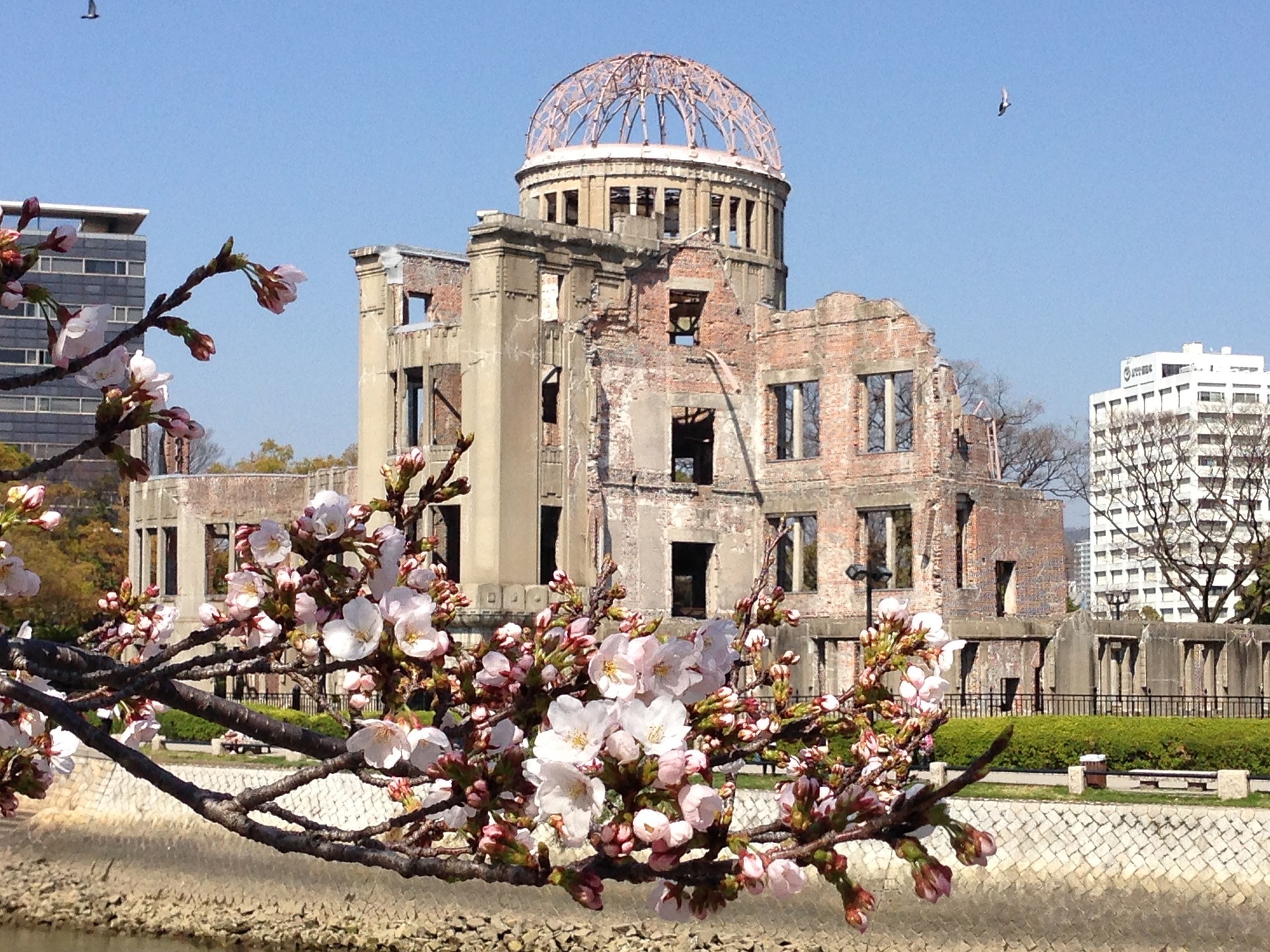
History enthusiasts will want to make their way to Hiroshima to visit the Hiroshima Peace Memorial Museum. The museum is dedicated to documenting the atomic bombing of Hiroshima during World War II, the nuclear arms race, and nuclear history.
It goes without saying that this museum was created to leave a deep mark in our hearts. Among the collection, you will see belongings left by victims, and other materials related to the horrors of the event.
To get to Hiroshima from Tokyo, take the Shinkansen. This is a minimum two-day trip, one night spent in Hiroshima. Learn about the JR Pass to save money. Check our where to stay in Hiroshima article and find out what are other things to do in Hiroshima.
Join a walking tour with a local guide. The tour will cover significant historical sites and events that shaped the city, allowing you to gain a more in-depth understanding of Hiroshima’s past and present.
- Entry ticket costs: 200 yen (adults)
- Opening times: Mon – Sun, 8:30am – 5pm
- Official Website: https://hpmmuseum.jp
- Address: 1-2 Nakajimacho, Naka Ward, Hiroshima, 730-0811, Japan
Yayoi Kusama Museum
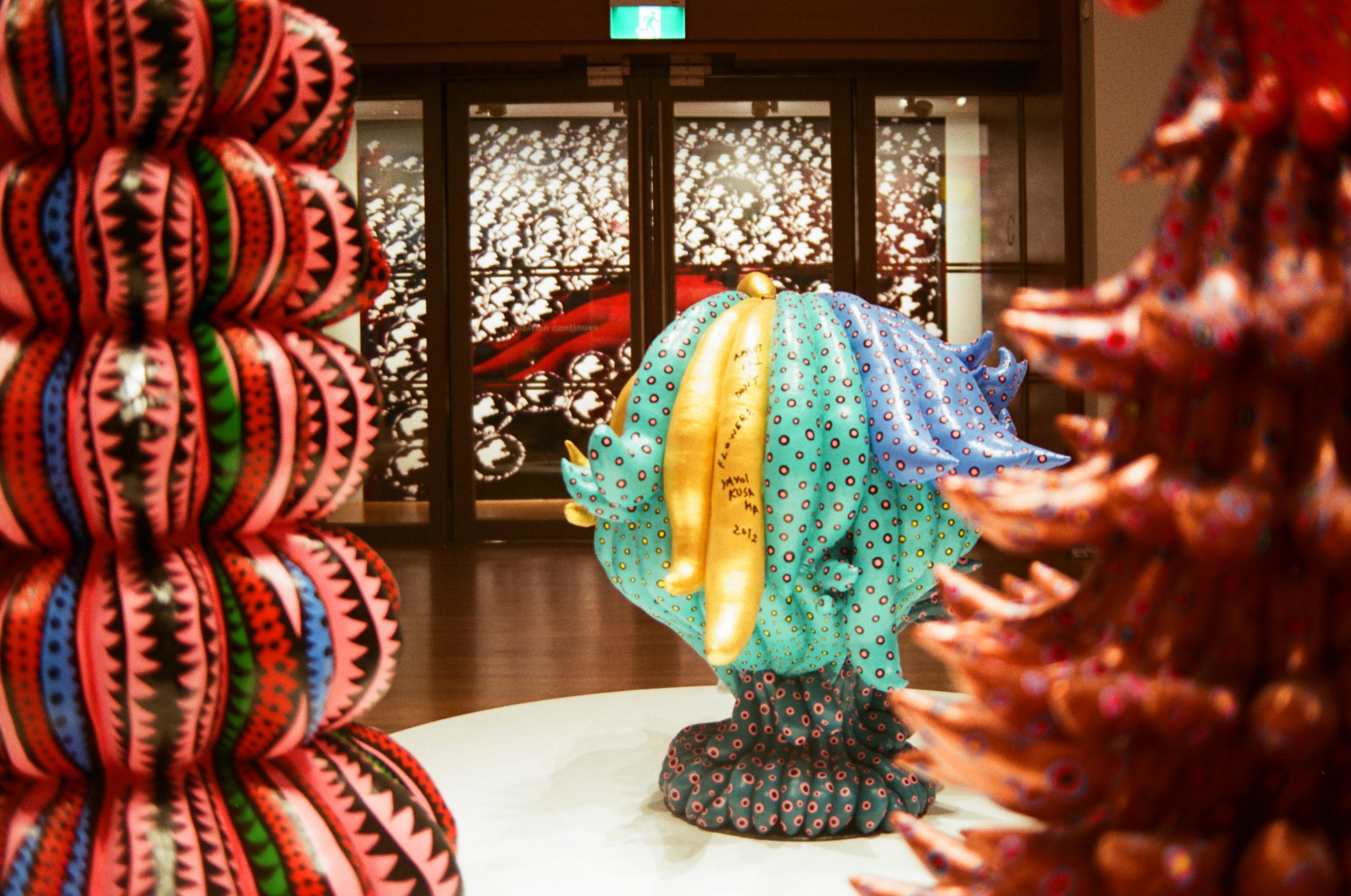
Even if you don’t really know who Kusama is, I can assure you that you’ve definitely seen one of her works before. Yayoi Kusama, sometimes referred to as the princess of polka dots, is a Japanese contemporary artist who works in sculpture and installations. She is well known for her infinity rooms and for her large Yellow Pumpkin sculpture perched on the pier of island of Naoshima.
Yayoi Kusama’s work has been featured internationally. Some of her installations can be seen in contemporary art museums all around the world, including Tate Modern in the UK.
The Yayoi Kusama Museum is located in Tokyo in Shinjuku. The museum opened in 2017, and it spans over 5 stories. It features over 600 of Kusama’s works.
- Entry ticket costs: 1,100 yen (adults)
- Opening times: Thursdays to Sundays and National Holidays, 11:00 – 17:30
- Official Website: https://yayoikusamamuseum.jp
- Address: 107 Bentencho, Shinjuku City, Tokyo 162-0851, Japan
teamLab Museum
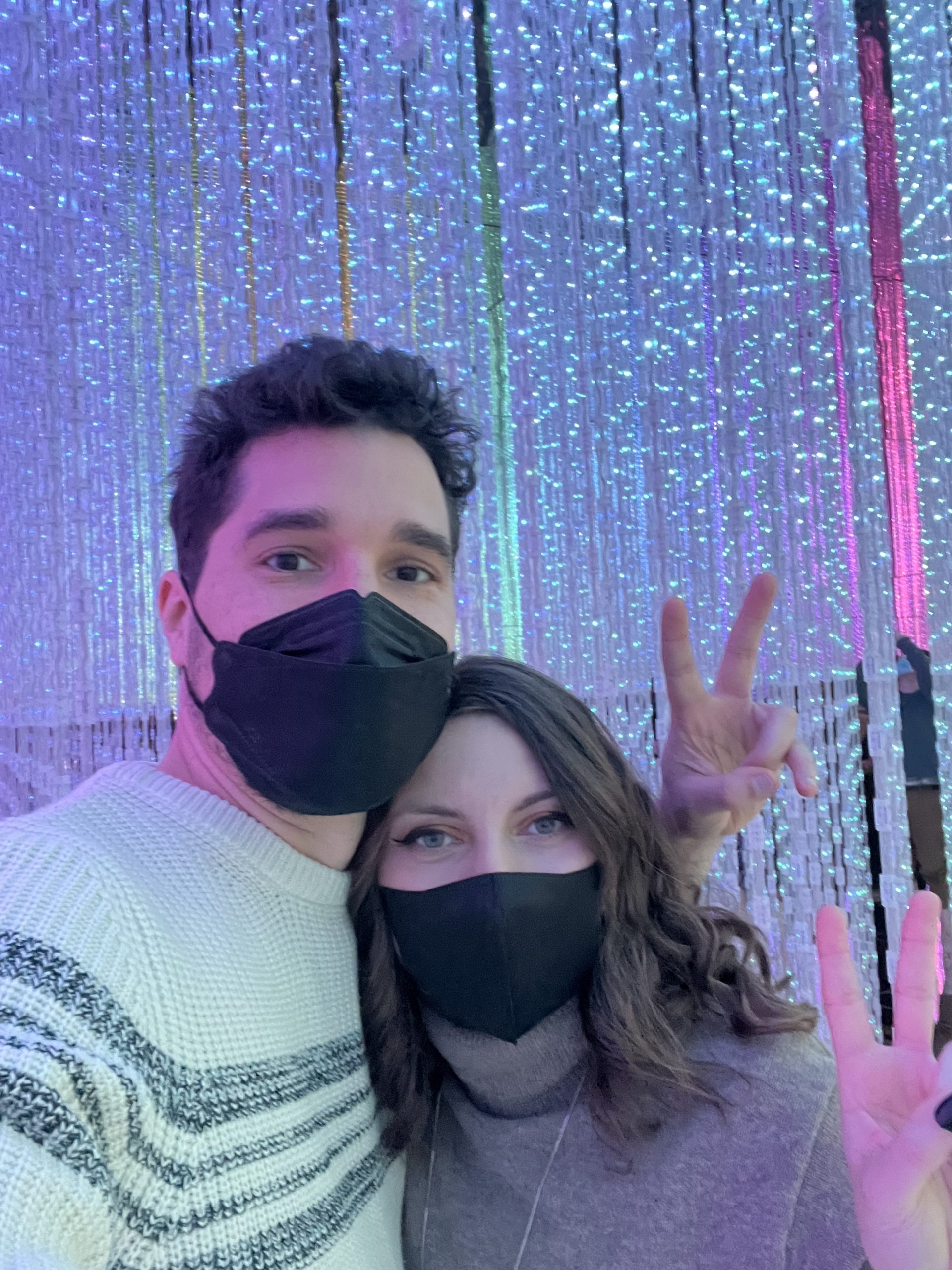
teamLab is an art collective created in Tokyo in 2001. The group refer to themselves as ultra-technologists because their art uses digital technology in the most immersive way possible.
There are several museums by team Lab operating worldwide. Currently, in Japan, only teamLab Planets in Toyosu is open to the public. The teamLab Borderless is due to relocate to Toranomon-Azabudai Project and will reopen to the public in 2023.
teamLab Planets focuses on nature and our environment. The concept is that you immerse yourself in the digital art and the boundaries between the self, the others, and the world become continuous.
After a walk around the museum, I can highly recommend lunch at the on-site restaurant called UZU. UZU is a vegan ramen restaurant in art spaces. The most unusual ramen on the menu is the vegan ramen tea, made with Rausu kelp and tea. This restaurant is on the Michelin Bib Gourmand list.
Buy your tickets in advance and skip the long queues.
- Entry ticket costs: 3,200 yen (adults)
- Opening times: Mon-Sun, 9am-9pm
- Official Website: https://planets.teamlab.art/tokyo
- Address: 6 Chome-1-16 Toyosu, Koto City, Tokyo 135-0061, Japan
Tokyo National Museum
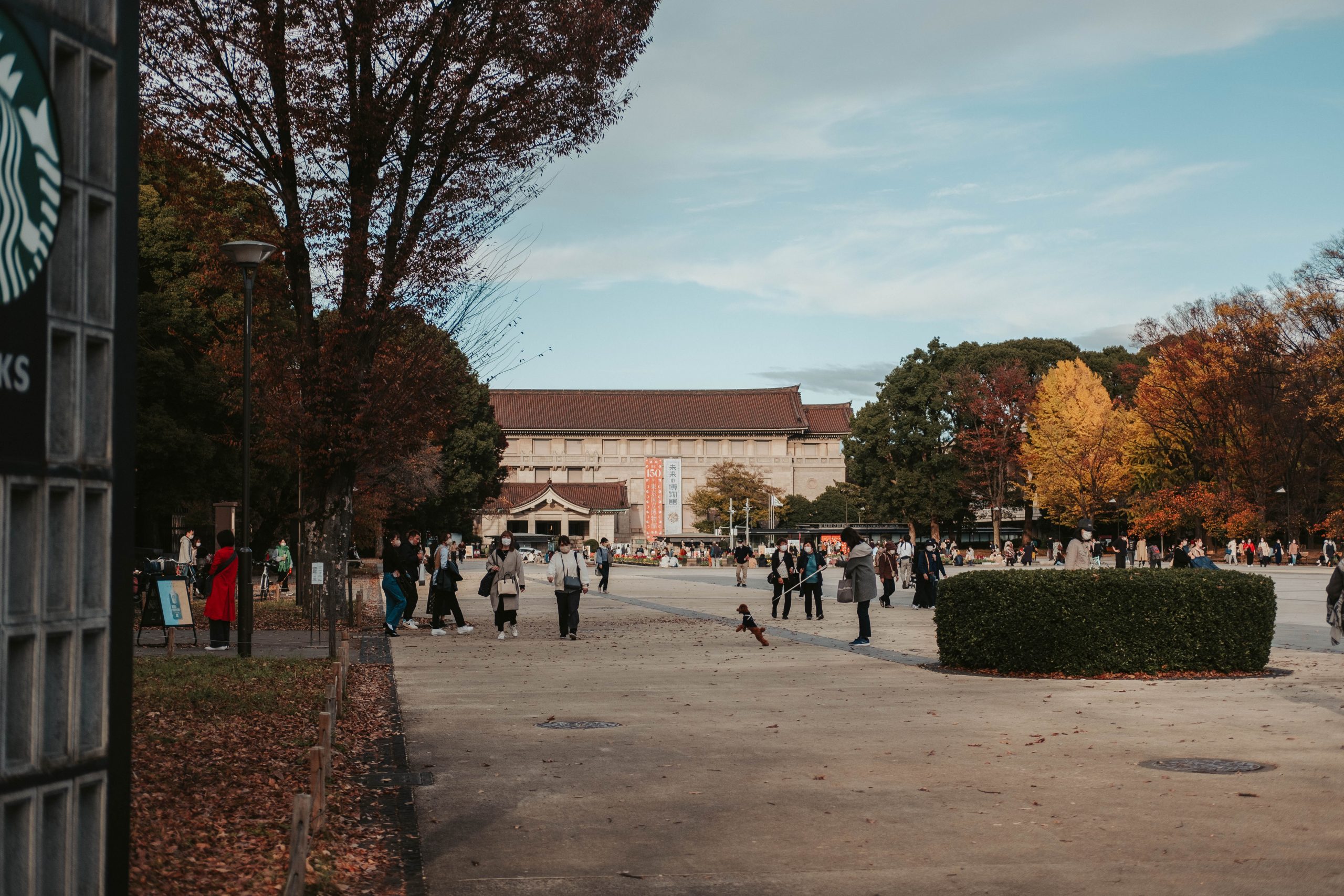
The Tokyo National Museum is located in Ueno Park in Tokyo. I recommend this museum to anyone new to Japan and Japanese culture. Not only, it’s considered the oldest museum and the largest art museum in Japan, but also one of the largest art museums in the world.
The museum does have an impressive collection of artwork and cultural objects from Asia. You will learn a lot about ancient and medieval Japanese art. To enter the permanent collection is costs 1000 yen per adult. Special exhibitions are charged separately. You don’t need to prebook in advance, you can simply purchase your ticket at the main door.
For first time visitors, I recommend setting aside 4-5 hours to be able to see the whole collection and all the national treasures located in the museum building.
There are more museums to visit and things to do in Ueno Park. Check our article for more details.
- Entry ticket costs: 1,000 yen (adults)
- Opening times: Tue-Sun, 9:30am-5pm (Last entry 30 minutes before closing)
- Official Website: https://www.tnm.jp
- Address: 13-9 Uenokoen, Taito City, Tokyo 110-8712, Japan
Studio Ghibli Museum
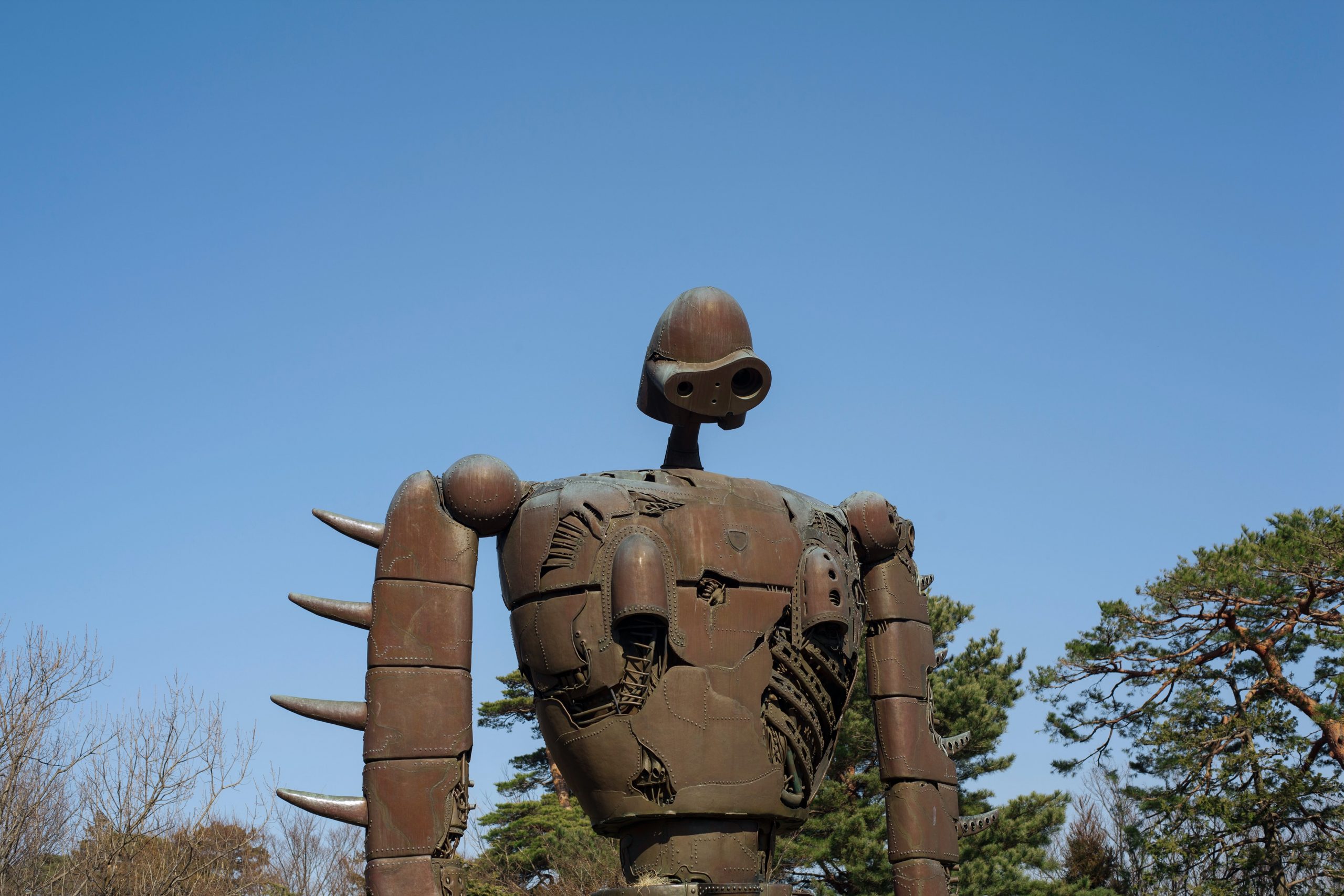
Everyone who loves Studio Ghibli movies must visit the happy Ghibli Museum located in Tokyo. This museum was created to relax the soul and make the visitors happy. It’s essential to remember that you must purchase tickets in advance for the Ghibli museum. No tickets can be purchased on site.
You can buy your ticket online, and it will be delivered to your hotel in Tokyo. The ticket price includes an English-speaking tour guide.
- Entry ticket costs: 1,000 yen (adults) or more with tour guide
- Opening times: Tue-Sun, 9:30am-5pm (Last entry 30 minutes before closing)
- Official Website: https://www.ghibli-museum.jp
- Address: 13-9 Uenokoen, Taito City, Tokyo 110-8712, Japan
- Subway: Take the Chūō Line from Tokyo Station (45 mins)
Kubota Itchiku Art Museum
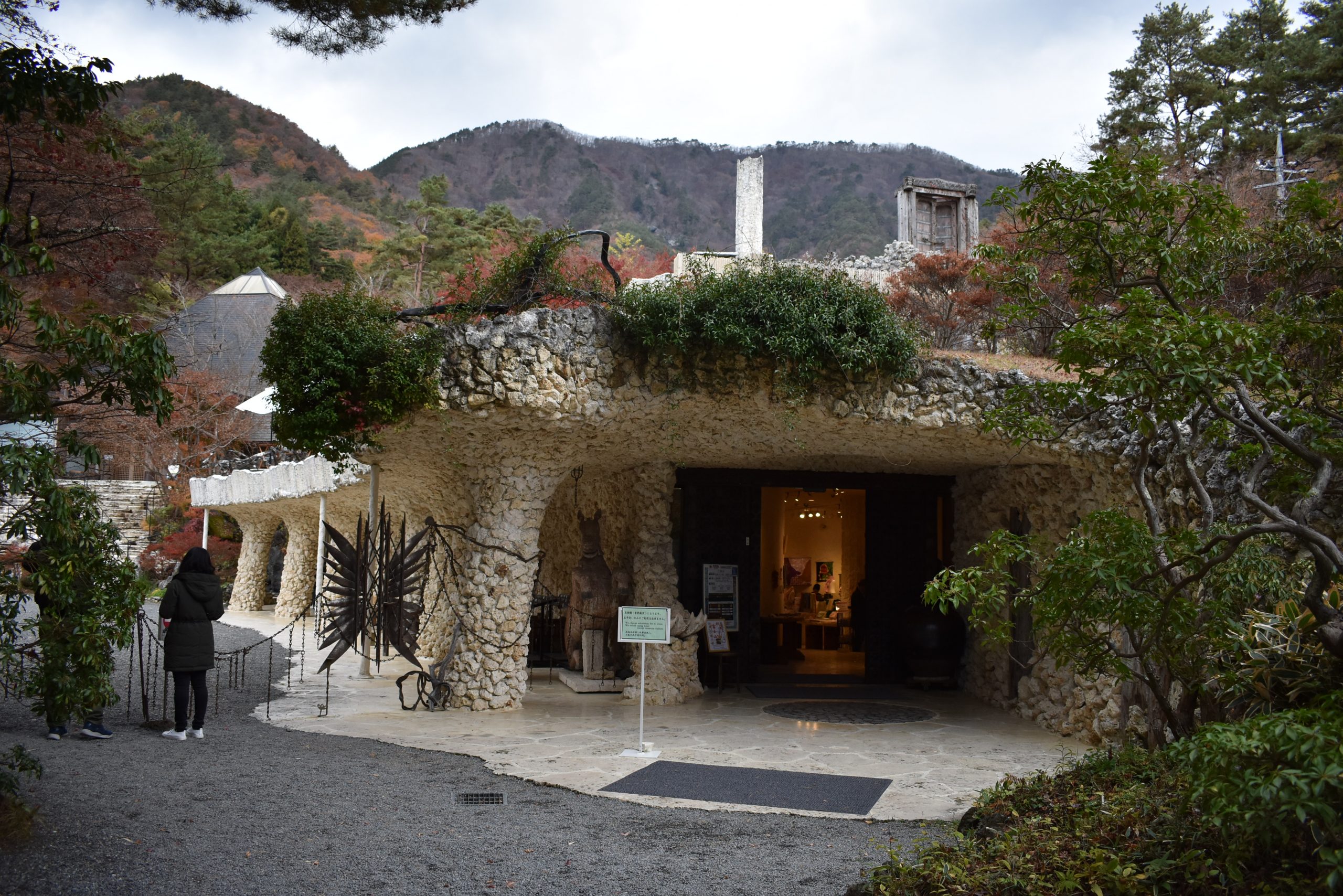
There are three reasons why I recommend this museum. It’s dedicated to textile artist Itchiku Kubota, known for the tsujigahana silk dyeing technique. The museum has a beautiful garden with a gorgeous tearoom. And finally, you can admire Mt. Fuji from the museum garden.
This museum is a little different from other Japanese museums because it doesn’t have a large art collection or several buildings worth of exhibitions. What makes this museum special is its location, as it’s in the wooded hills along the northern coast of Lake Kawaguchiko.
You will see several of Kubota Itchiku’s kimono creations, depicting a variety of themes and seasons. This artist dedicated his whole life to mastering the lost art of Tsujigahana silk dyeing used during the Muromachi Period (1333-1573).
Visit this museum as part of a day trip from Tokyo to Mt Fuji.
- Entry ticket costs: 1,300 yen (adults)
- Opening times: Mon-Sun, 10am-5pm (Tue closed – see website)
- Official Website: http://www.itchiku-museum.com
- Address: 2255 Kawaguchi, Fujikawaguchiko, Minamitsuru District, Yamanashi 401-0304, Japan
Edo Tokyo Museum
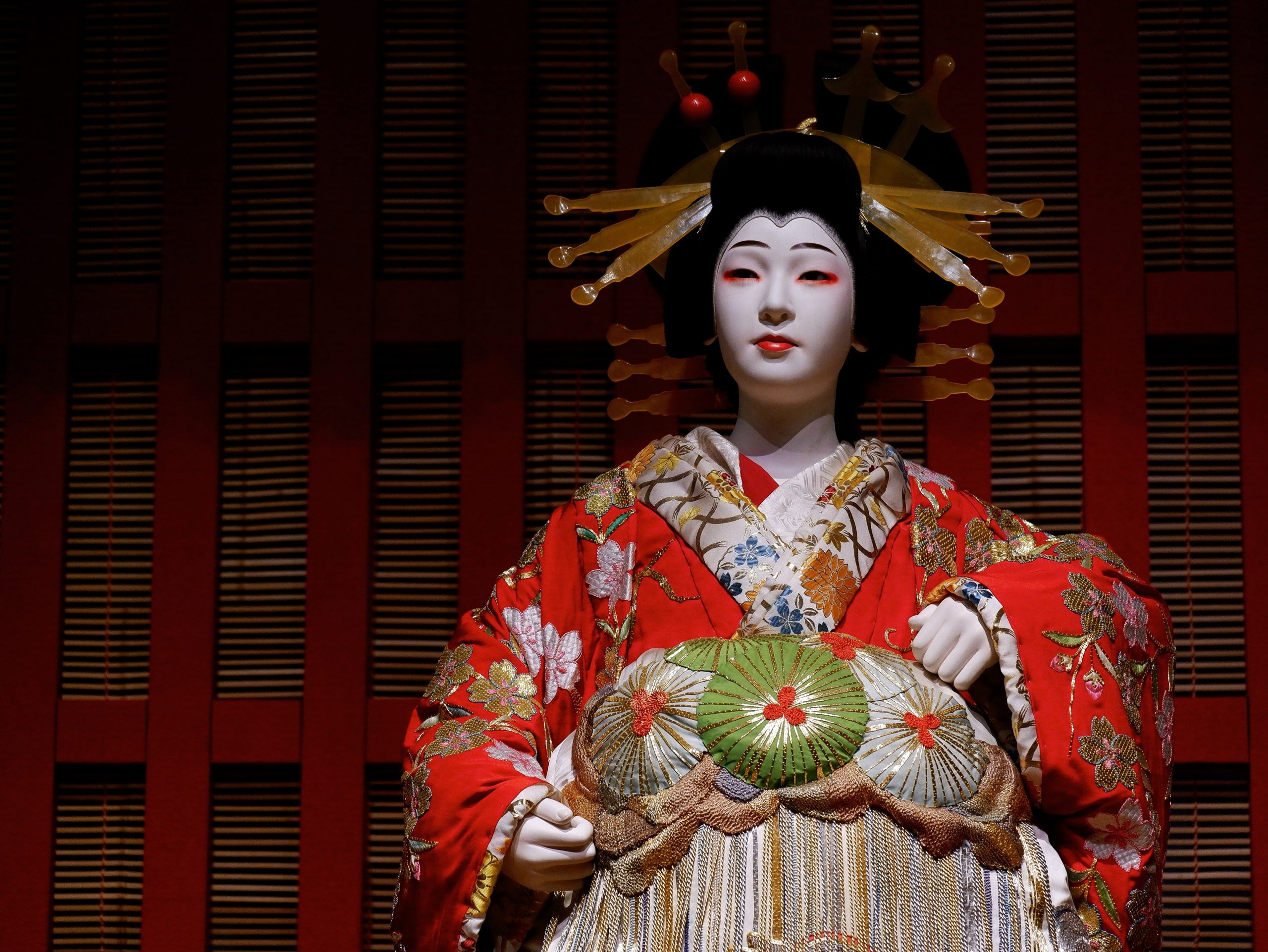
If history is your area of interest, then you must visit the Edo Museum in Tokyo in the Ryogoku district. This museum opened in 1993, and it aims to preserve Edo’s cultural heritage.
An interesting thing about the museum is its concrete exterior design to resemble the traditional rice storehouses. It’s also the same height as the Edo Castle. There are eight floors available to explore to learn more about the Edo period.
The museum is especially popular among tourists, and it receives well over 1.5 million visitors a year.
Important: The Edo Tokyo Museum is closed for renovation until 2025.
- Entry ticket costs: –
- Opening times: Close for renovation
- Official Website: https://www.edo-tokyo-museum.or.jp
- Address: 1 Chome-4-1 Yokoami, Sumida City, Tokyo 130-0015, Japan
Nezu Museum
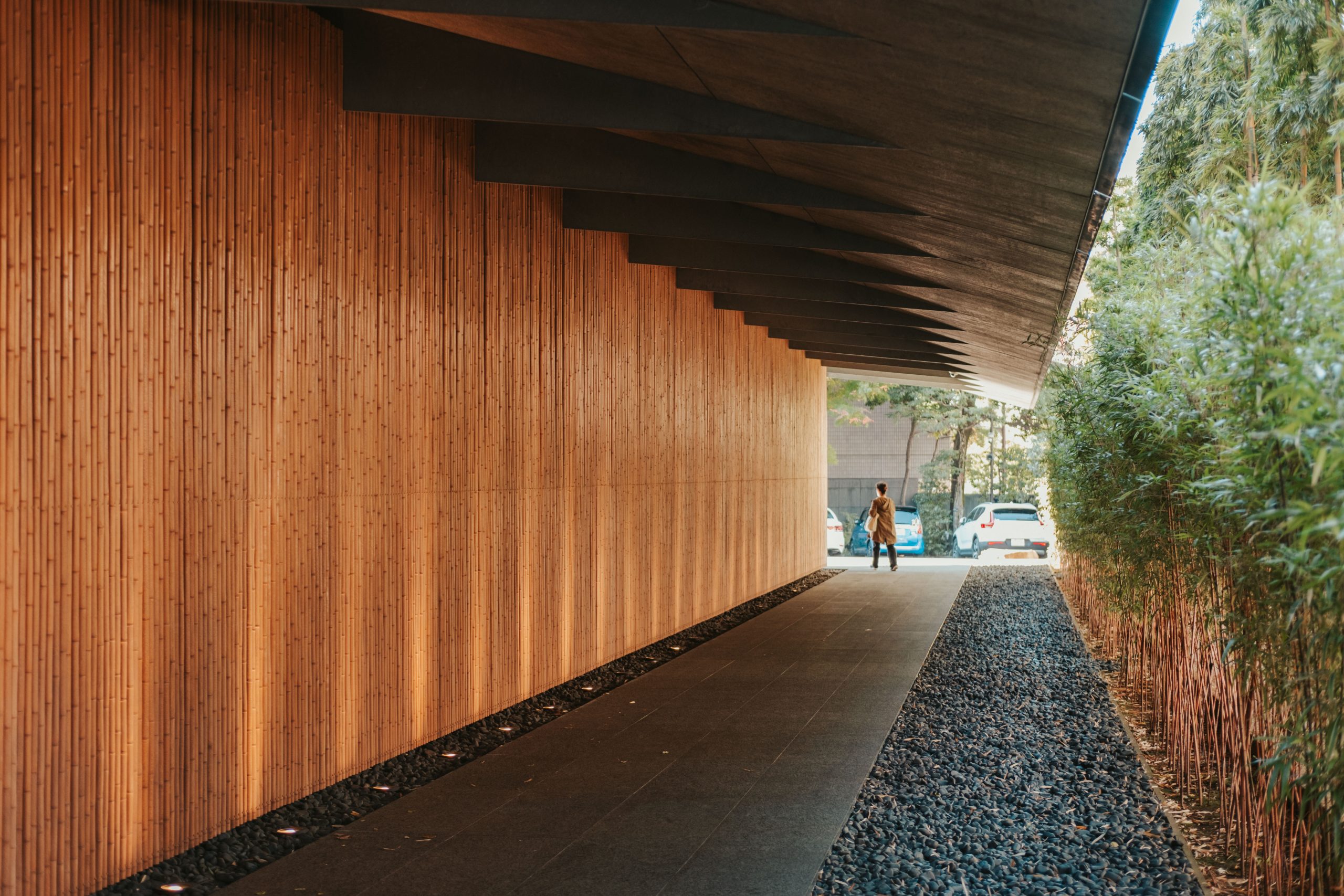
The Nezu Museum has a diverse collection of pre-modern Japanese and East-Asian art, including ceramics, calligraphy, sculptures, and textiles. A visit to the museum allows you to appreciate the region’s rich cultural heritage.
The museum’s Japanese garden is a highlight and offers a tranquil experience as you follow the path around the pond. The natural beauty of the surroundings helps you relax and forget the stresses of daily life.
For a more immersive experience, follow the stone-paved path into the trees to discover a beautiful teahouse. It’s a serene and secluded setting, perfect for relaxation and contemplation.
To access the garden and teahouse, you must purchase a museum ticket. However, it’s a small price to pay for such a unique and enchanting space in the heart of Aoyama.
- Entry ticket costs: 1,500 yen (adults)
- Opening times: Tue – Sun, 10am – 5pm
- Official Website: https://www.nezu-muse.or.jp
- Address: 6 Chome-5-1 Minamiaoyama, Minato City, Tokyo 107-0062, Japan
- Subway: Chiyoda Line from Tokyo Station
National Art Center, Tokyo
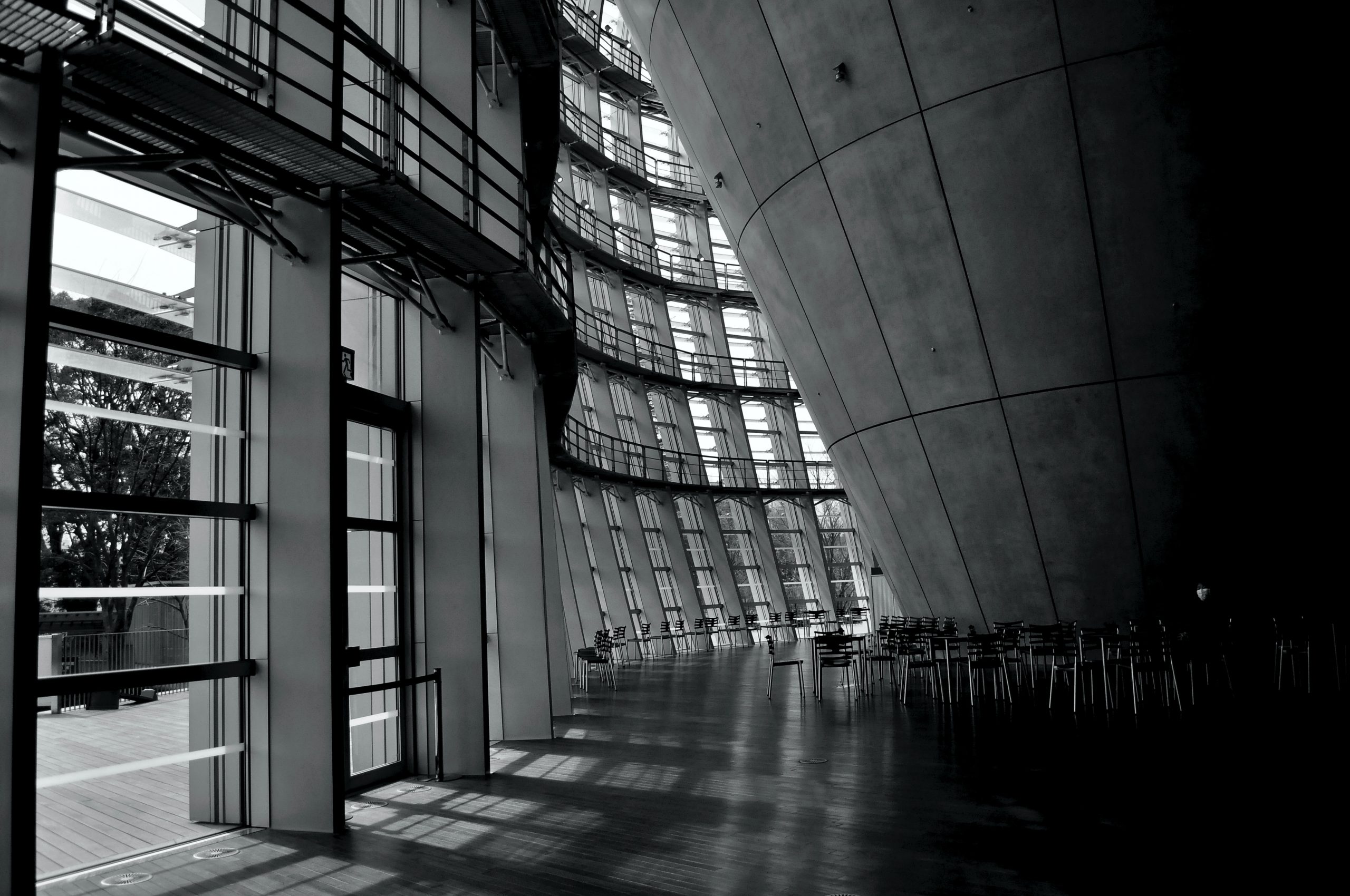
The National Art Centre in Roppongi is a bit different from most museums you might see in Japan. Unlike other museums, it doesn’t have a permanent collection of art pieces. Instead, it showcases temporary exhibitions organized and curated by different groups.
Despite not having a permanent collection, the museum has been very successful with its approach. For instance, the Monet exhibition that was held in 2007 attracted so many visitors that it was ranked as the second most visited art gallery in the world.
So if you’re someone who likes to explore different kinds of art, The National Art Centre is definitely worth a visit. You’ll get to see a variety of exhibitions from various artists and organizations, which can be a unique and enriching experience.
- Entry ticket costs: Free
- Opening times: Wed – Mon 10am – 6pm (Tue closed)
- Official Website: https://www.nact.jp
- Address: 7 Chome-22-2 Roppongi, Minato City, Tokyo 106-8558, Japan
- Subway: Chiyoda Line from Tokyo Station
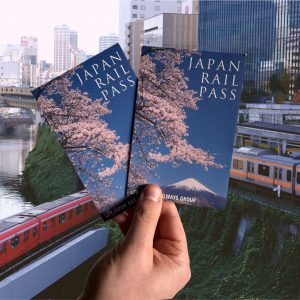
Japan Rail Pass
The optimal way to explore Japan is with a rail pass that is available for durations of 7, 14, or 21 days, offering unlimited travel across the country. Shinkansen included!
Otsuka Museum of Art
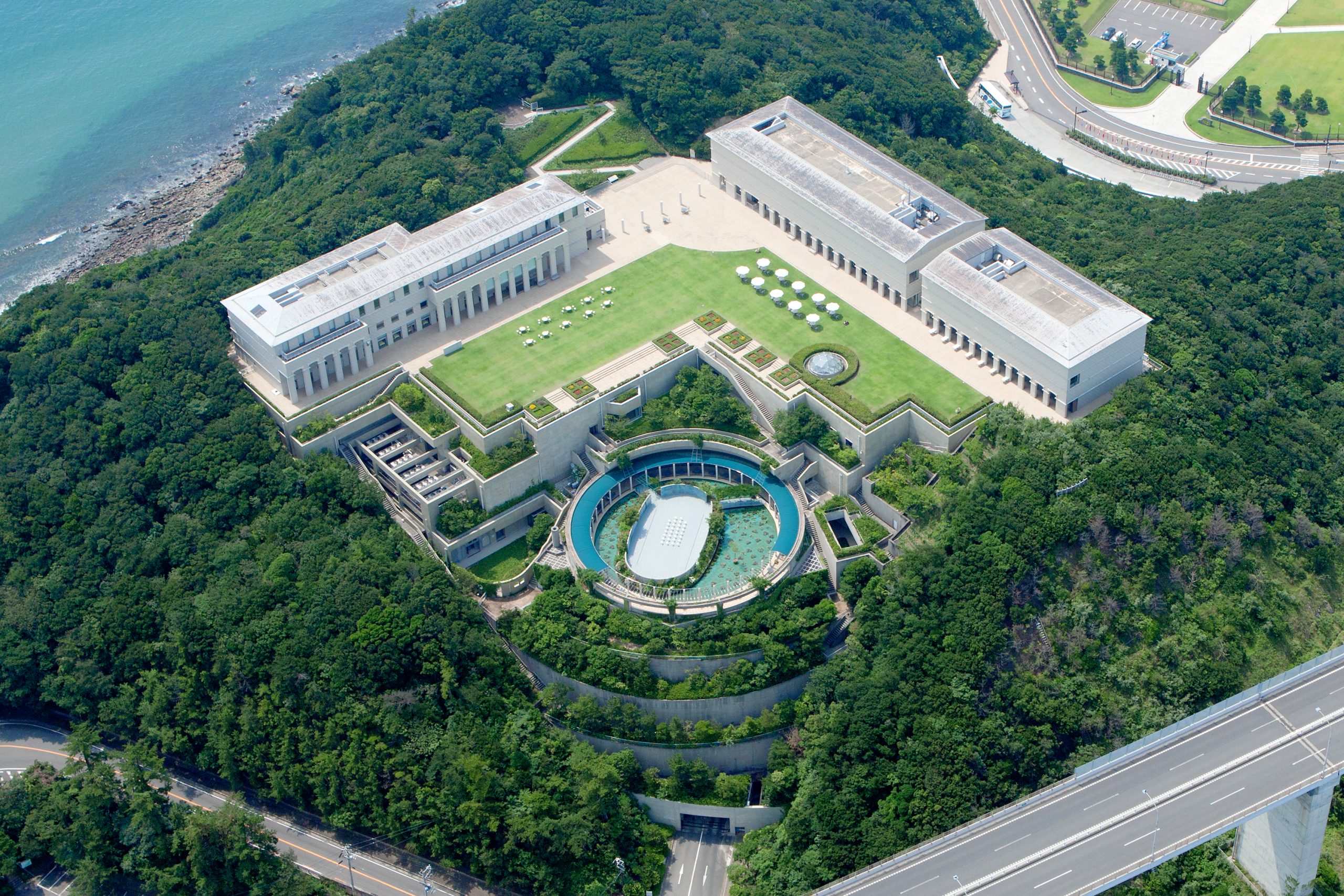
Far from the main cities visited by tourists, Otsuka Museum of Art is located in Naruto in Tokushima Prefecture, and it’s one of the largest exhibition spaces in the whole country. Unlike an ordinary art museum, Otsuka museum focuses on displaying full size ceramic reproductions of major works of art, including the Sistine Chapel, Scrovegni Chapel and triclinium of the Villa of the Mysteries.
The purpose behind it is to offer Japanese people who cannot travel abroad the opportunity to see these incredibly famous places.
Buy your ticket online and visit this museum as part of your trip to Osaka.
- Entry ticket costs: 3,160 yen
- Opening times: Tue – Sun 9:30am – 5pm
- Official Website: https://o-museum.or.jp
- Address: Fukuike-65-1 Narutocho Tosadomariura, Naruto, Tokushima 772-0053, Japan
Mori Art Museum
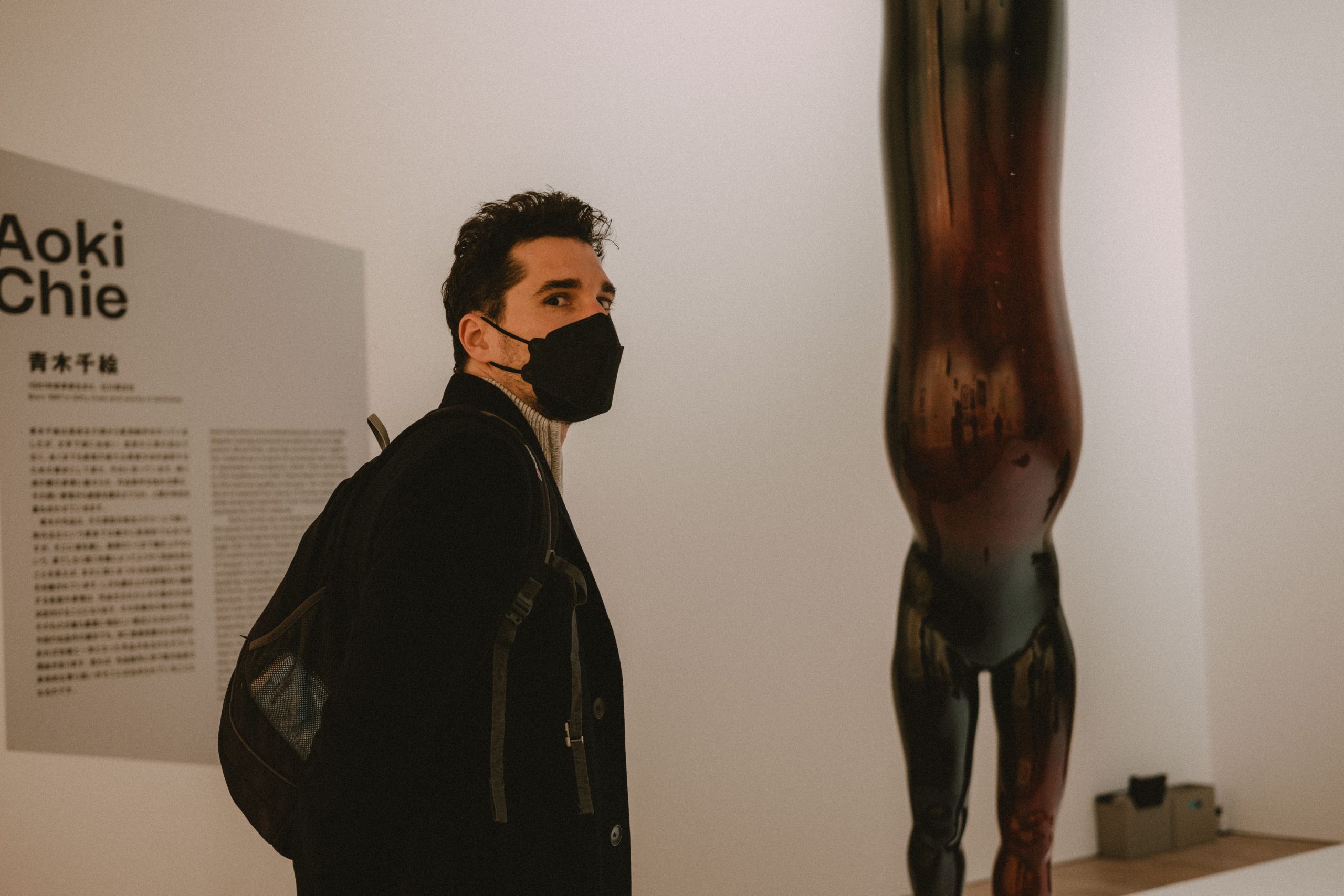
The Mori Art Museum is a contemporary art museum located on the 53rd floor of the Mori Tower in the Roppongi Hills complex. It was opened in October 2003 and is named after its founder, Minoru Mori, a real estate developer and art collector.
The museum has a focus on contemporary art from Asia and other regions, and it presents a range of exhibitions, from solo shows of established artists to large-scale group exhibitions featuring emerging artists. The museum’s permanent collection includes works by a number of internationally renowned artists such as Takashi Murakami, Yayoi Kusama, and Ai Weiwei.
The Mori Art Museum also hosts a variety of events, such as artist talks, workshops, and film screenings, to engage visitors with the art and the wider cultural context. In addition, the museum has a rooftop garden, which offers panoramic views of Tokyo and serves as a space for relaxation and contemplation.
Visit the museum as part of your Tokyo itinerary.
- Entry ticket costs: 2,000 yen (on-site) or 1,800 yen (online); weekend + 200 yen
- Opening times: Wed – Mon 10am – 10pm; Tue 10am – 5pm
- Official Website: https://www.mori.art.museum
- Address: 6 Chome−10−1, Roppongi Hills Mori Tower
- Subway: Hibiya Line from Tokyo Station
Fukui Prefectural Dinosaur Museum
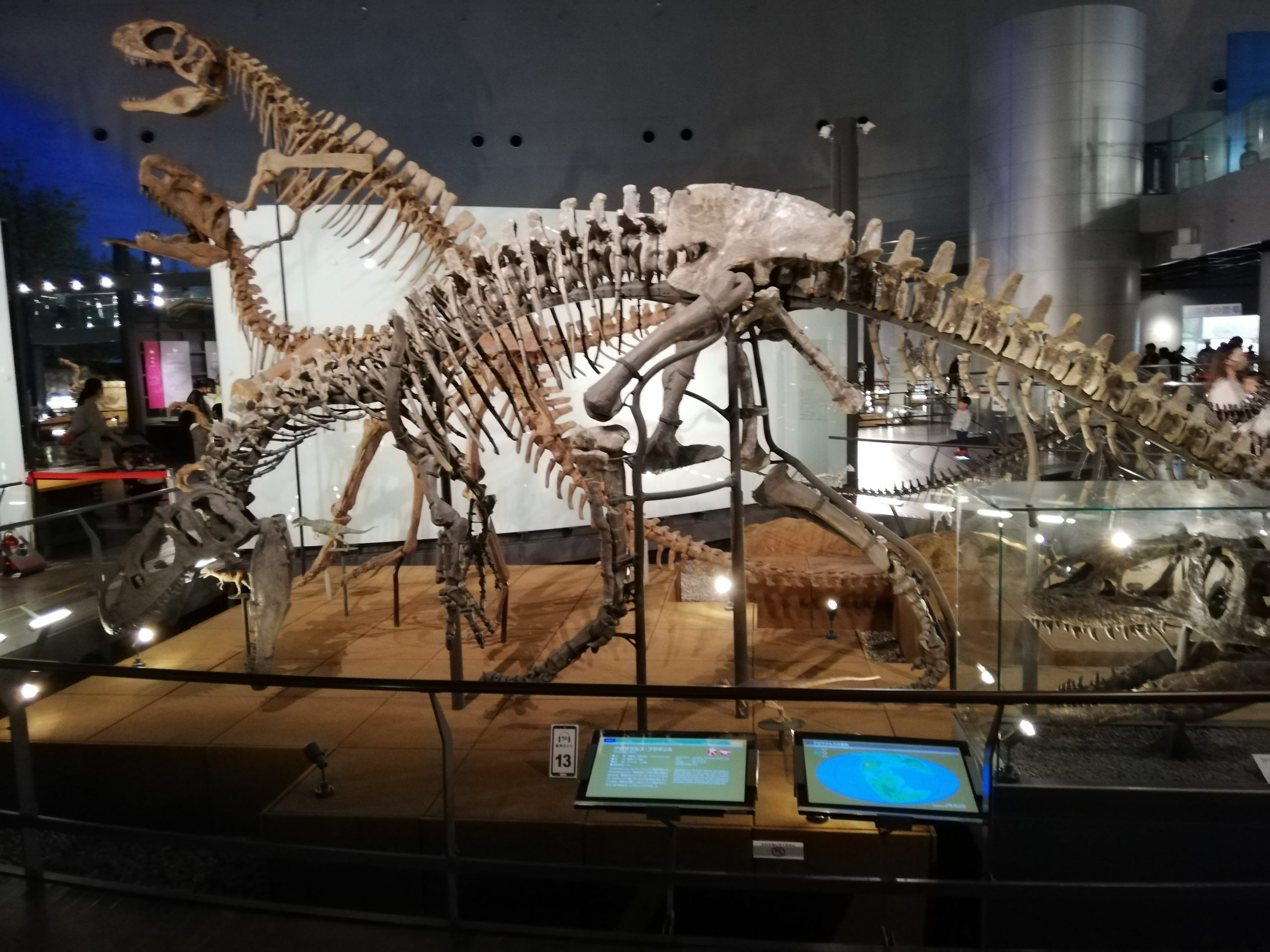
One of the leading dinosaur museums in Asia, the Fukui Prefectural Dinosaur Museum exhibits an array of fossils. You can see dinosaur skeletons, fossils, and some reconstruction models. And of course, there are realistic, moving dinosaur robots.
The museum is famous internationally thanks to the Fukui raptor, the first complete carnivorous dinosaur skeleton to be reconstructed in Japan.
The museum was opened in 2000 and has since become one of the leading dinosaur museums in the world. It is located near the Kitadani Dinosaur Quarry, which is known for its rich deposits of dinosaur fossils from the Late Cretaceous period, about 100 million years ago.
The museum’s collection includes over 40 complete dinosaur skeletons, as well as numerous other fossils and exhibits related to the history and evolution of dinosaurs. One of the most notable exhibits is the skeletal reconstruction of a Tyrannosaurus rex, which is one of the largest and most complete T. rex specimens in the world.
Getting there is a bit complicated. You can visit the museum from Nagoya or Kyoto. From Kyoto, take the Thunderbird Express towards Kanazawa and switch to the Kyoryu Bus at Fukui Station.
- Entry ticket costs: 730 yen (adults)
- Opening times: Closed until summer 2023 for renovation
- Official Website: https://www.dinosaur.pref.fukui.jp
- Address: 51-11 Murokocho Terao, Katsuyama, Fukui 911-8601, Japan
Railway Museum in Saitama
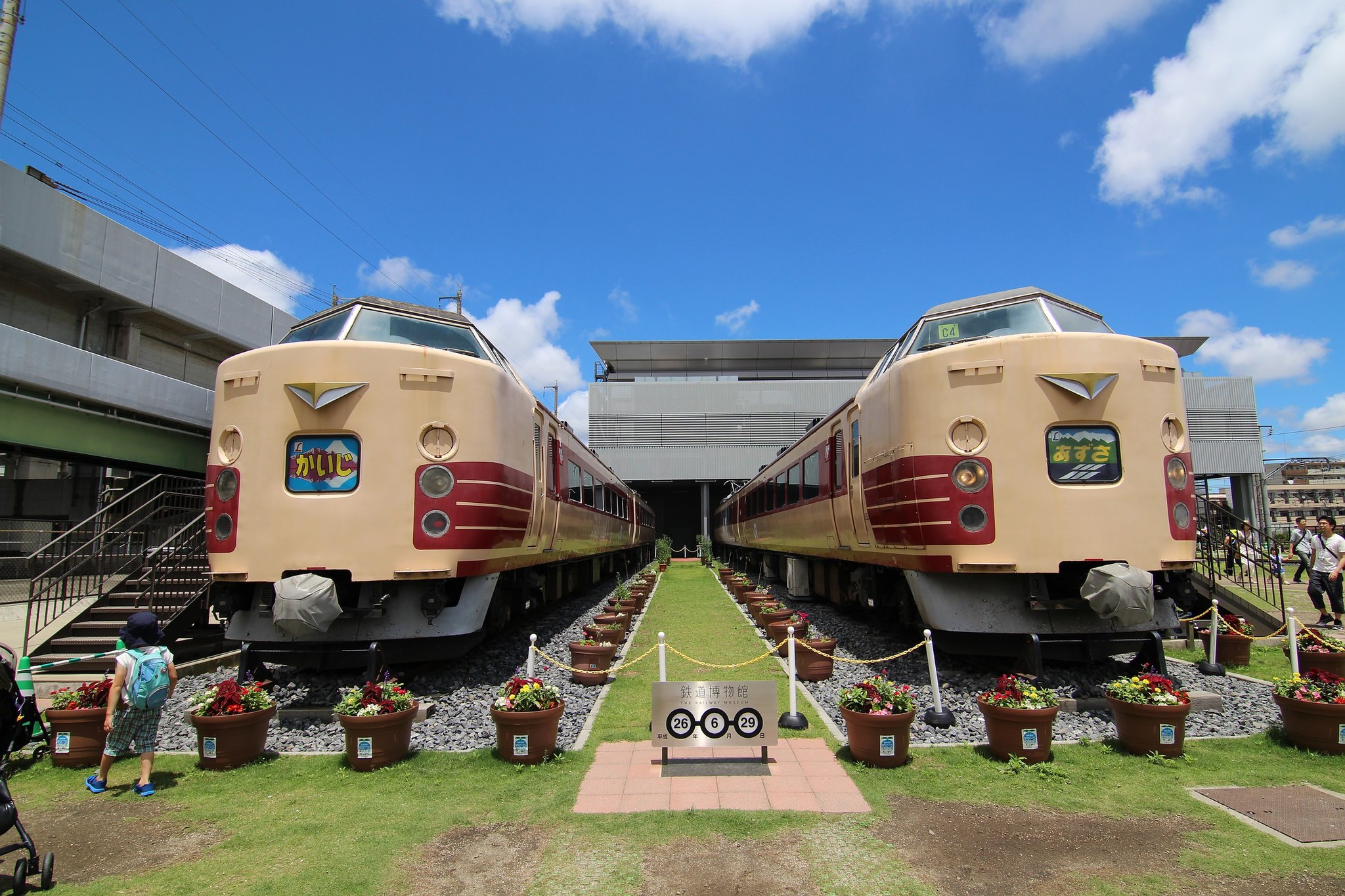
There are several railway museums in Japan, but perhaps the most famous one is in Saitama. Train and Shinkansen enthusiasts will love this museum.
The Railway Museum features a large collection of railway vehicles, including steam locomotives, electric locomotives, diesel locomotives, and bullet trains. You can see the evolution of railway technology and design through the years, as well as learn about the important role that railways have played in Japan’s history and development.
In addition to the collection of trains, the museum also has interactive exhibits, displays of railway equipment and artefacts. You (or the kids) can participate in a variety of activities, such as train simulators, driving experiences, and workshops.
The Railway Museum is easily accessible from Tokyo, with a direct train connection from Tokyo Station.
Entry tickets are not available at the museum and must be purchased from a Seven-Eleven, Lawson, or Ministop convenience store.
- Entry ticket costs: 1,330 yen (adults)
- Opening times: Wed-Mon, 10am-5pm (Tue closed)
- Official Website: https://www.railway-museum.jp
- Address: 51-11 Murokocho Terao, Katsuyama, Fukui 911-8601, Japan
- Subway: Take the Ueno-Tokyo Line to Ōmiya Station and walk to the museum.
If Saitama isn’t on your itinerary, perhaps you can visit the Kyoto Railway Museum instead. It features 53 real, full-sized train cars.
Inujima Seirensho Art Museum
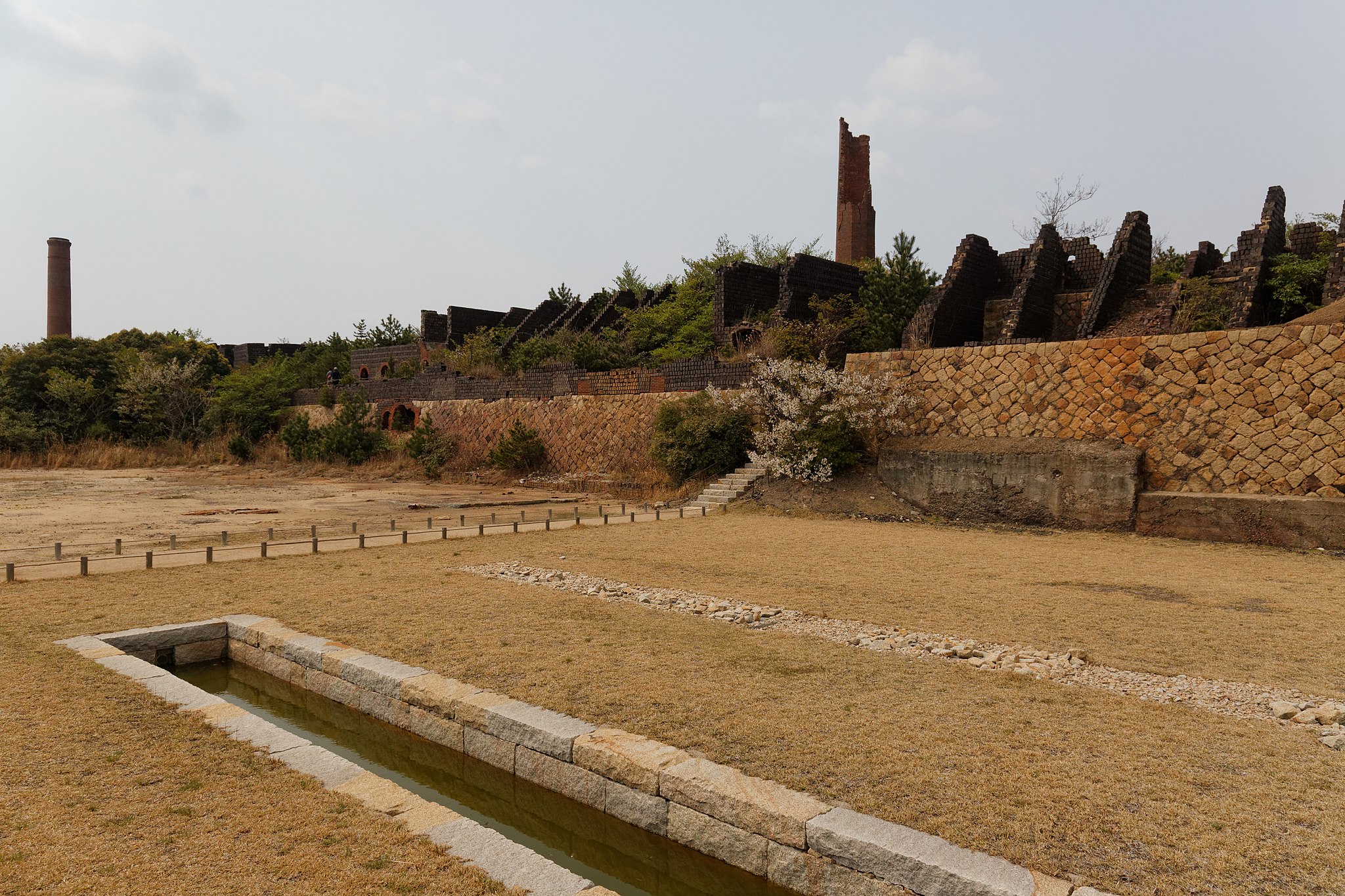
Inujima Seirensho Art Museum is a contemporary art museum located on the island of Inujima in Japan’s Okayama Prefecture. The museum is housed in a former copper refinery that was in operation from 1909 to 2001. In 2004, the refinery was repurposed into a museum by artist Hiroshi Sambuichi in collaboration with the Benesse Art Site Naoshima.
The museum’s architecture combines the original industrial structures with new contemporary elements designed by Sambuichi. The building has a unique design that incorporates natural elements like wind, light, and water, making it an environmentally conscious structure.
The museum’s permanent collection features artworks by renowned Japanese and international contemporary artists, including Walter De Maria, Olafur Eliasson, and Lee Ufan. The artworks are displayed in various areas of the museum, including the former refinery’s power station and other industrial spaces.
In addition to its permanent collection, the museum also hosts temporary exhibitions and art events throughout the year. The museum’s location on the island of Inujima, which is known for its scenic natural beauty, makes it a popular destination for tourists and art enthusiasts alike.
The museum is accessible by ferry from Okayama. You can book accommodation at the museum.
- Entry ticket costs: 2,100 yen (adults)
- Opening times: Wed – Mon 9am – 4:30pm
- Official Website: https://benesse-artsite.jp
- Address: 327-4 Inujima, Higashi Ward, Okayama (Google Maps)
Nara National Museum
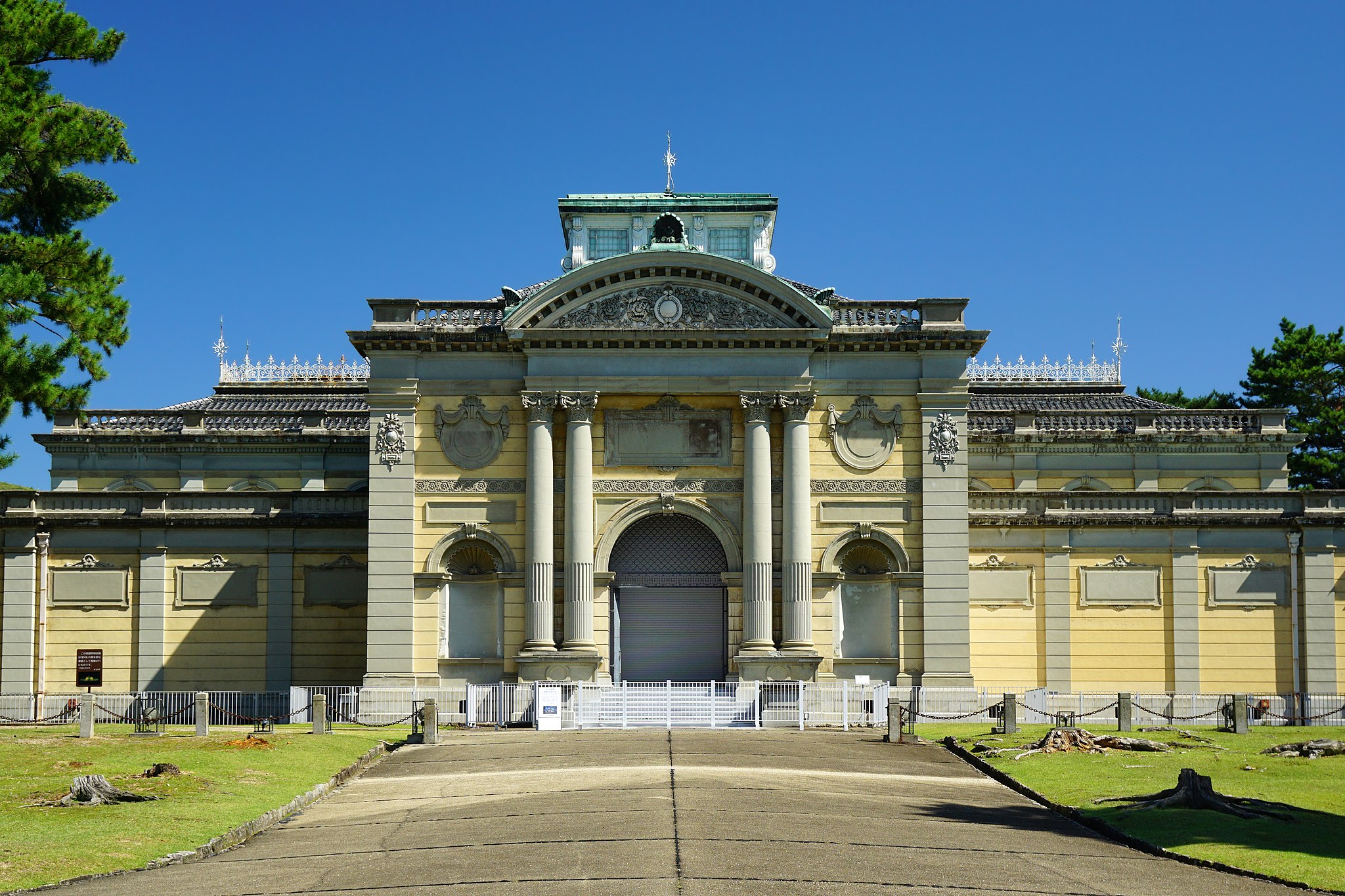
Most first time visitors usually include 1-2 days in Nara in their Japan itinerary. After the deer park, visit the Nara National Museum. It was established in 1889, and it’s one of the oldest museums in Japan. The museum is known for its collection of Buddhist art and artefacts, particularly those related to the temples and shrines of the Nara region.
The museum’s collection includes over 12,000 objects, including sculptures, paintings, calligraphy, textiles, and ceramics. Many of the objects are designated as National Treasures or Important Cultural Properties of Japan, making the museum an important centre for the preservation and display of Japanese cultural heritage.
The museum is housed in a building that was originally constructed in 1895 and has been renovated and expanded several times over the years. The current building includes exhibition halls, a library, and research facilities.
Check our article to see what are other things to do in Nara.
- Entry ticket costs: 700 yen (adults)
- Opening times: Tue – Sun 9:30am – 5pm
- Official Website: https://www.narahaku.go.jp
- Address: 630-8213 Nara, Noboriojicho
- 30-minute walk from the JR Nara Station
Toyota Commemorative Museum
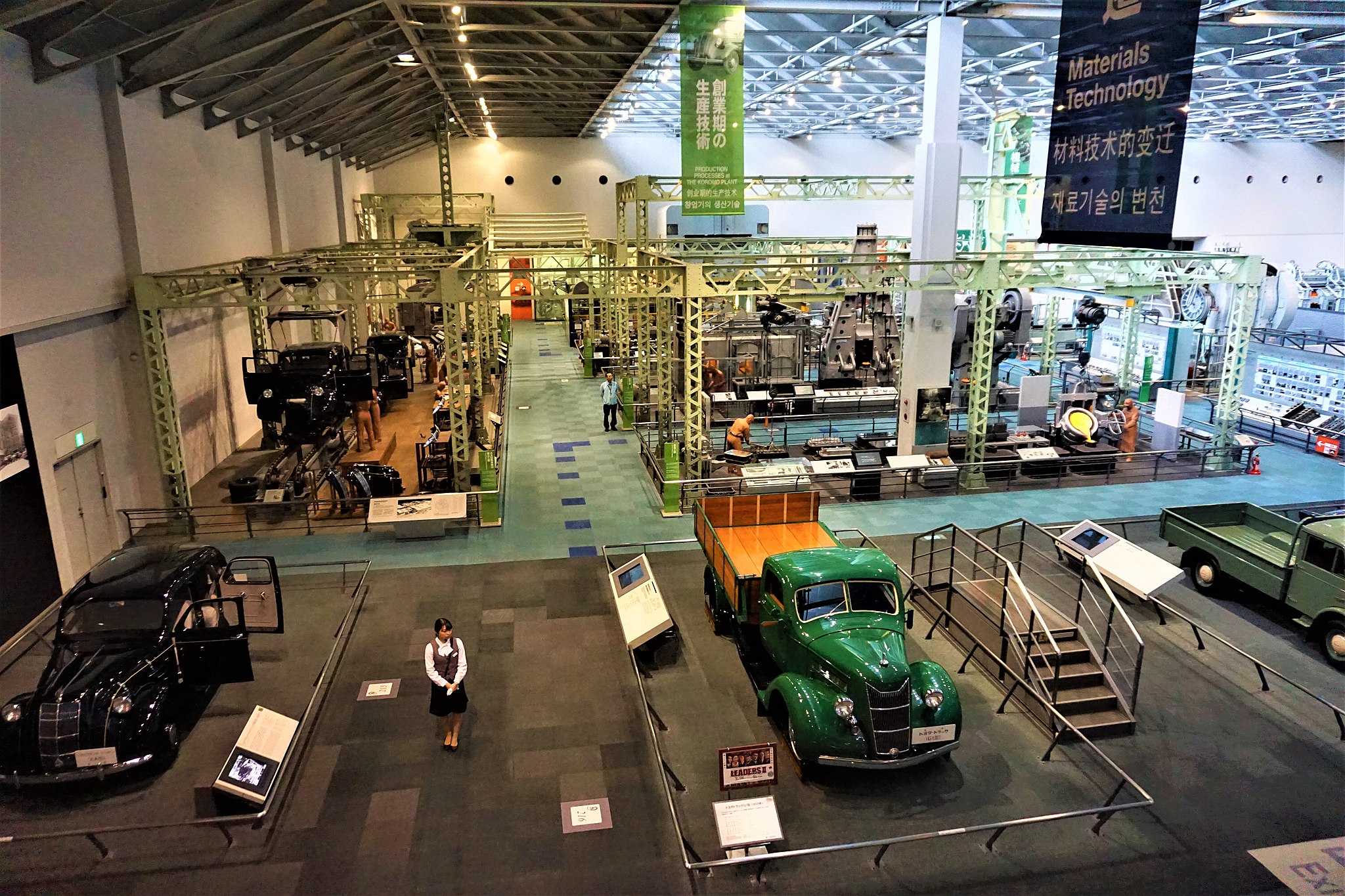
The Toyota Commemorative Museum of Industry and Technology is a museum located in Nagoya, that showcases the history and evolution of the Toyota Motor Corporation, as well as the history of the textile machinery industry in Japan (how random!).
The museum is divided into two sections: the Textile Machinery Pavilion and the Automobile Pavilion.
- The Textile Machinery Pavilion features exhibits on the history of textile machinery, including spinning, weaving, and knitting machines. It also has displays on the life and work of Sakichi Toyoda, the founder of the Toyota Motor Corporation, who started his career in the textile machinery industry.
- The Automobile Pavilion features exhibits on the history of Toyota automobiles, including the company’s first passenger car, the Toyota AA. It also has displays on Toyota’s manufacturing process and the company’s technological innovations in automobile production.
The museum also offers hands-on exhibits and interactive displays, allowing visitors to learn about the manufacturing process of Toyota automobiles and textile machinery. You can even join an English guided tour.
Take a half-day trip from Nagoya to visit the museum with a local guide.
- Entry ticket costs: 700 yen (adults)
- Opening times: Tue – Sun 09:30am – 4:30pm
- Official Website: https://www.tcmit.org
- Address: 4 Chome-1-35 Noritakeshinmachi, Nishi Ward, Nagoya
If you are visiting Nagoya, have a look at our articles:
- Getting from Tokyo to Nagoya
- Best things to do in Nagoya
- The Ultimate Nagoya Food Guide
- Where to stay in Nagoya
The Sand Museum
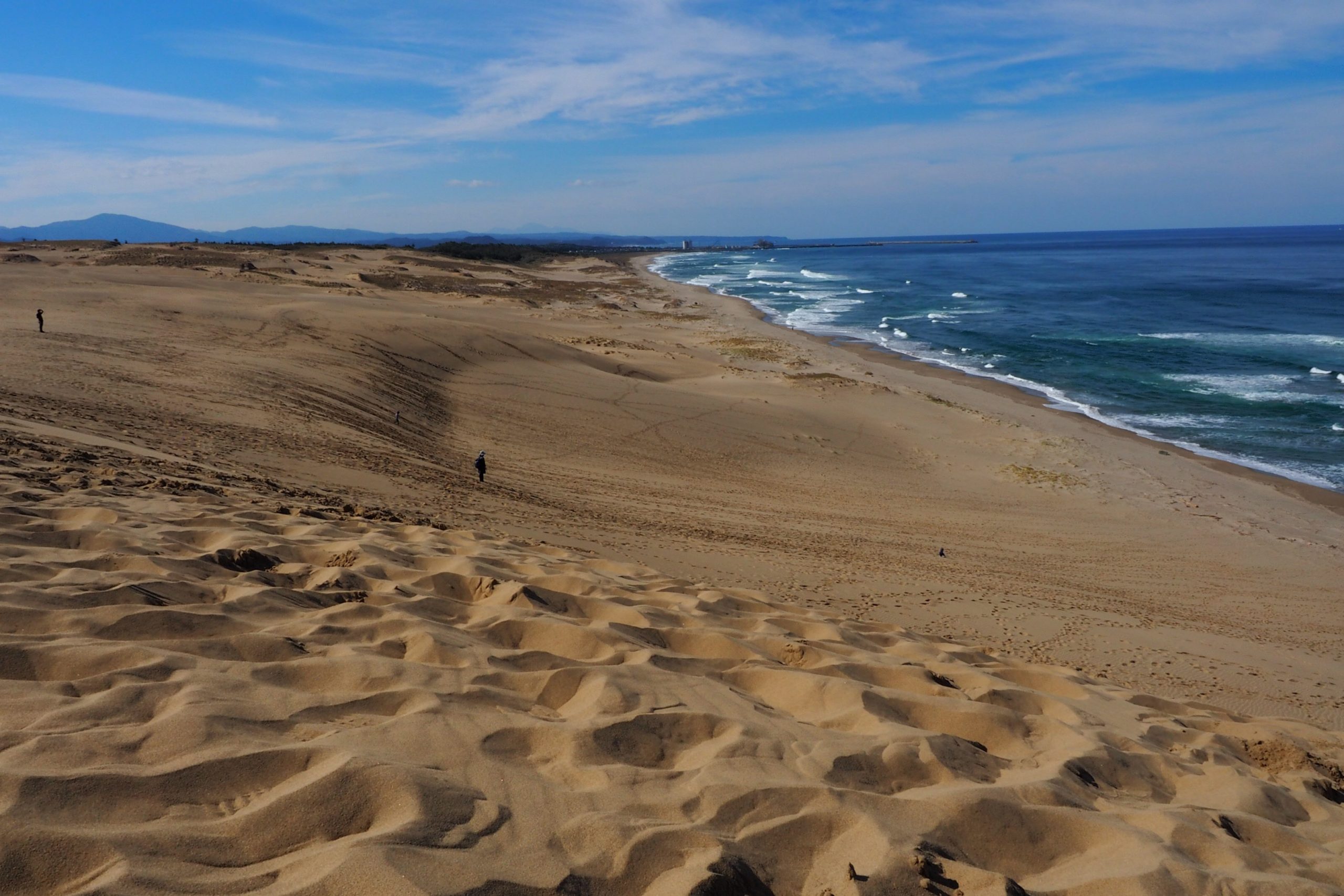
One of our favourite museums, The Sand Museum, is located by the Tottori Sand Dunes. The dunes were formed thousands of years ago. The sand comes from the Sendai River when it was dumped into the sea. Strong winds deposited the sand along the coast, creating this incredible oasis.
The dunes attract over 2 million visitors a year and there are plenty of things to do in the area, including camel rides, sandboarding and, of course, visiting the Sand Museum.
The Sand Museum is open to the public from April to January. Each year, a different theme is chosen for the exhibition, and the sculptures are created based on that theme.
The sand sculptures are incredibly detailed and range in size from small figurines to massive installations that can reach several meters in height. The artists use a variety of techniques to create the sculptures, including carving, moulding, and sandblasting.
The sculptures are created using sand from Tottori Sand Dunes, it is specially prepared to make it easier to sculpt, and the artists are given ample time to create their sculptures before the exhibition opens.
Take a full-day private trip to visit the Tottori Sand Dunes and the The Sand Museum.
- Entry ticket costs: 800 yen (adults)
- Opening times: Mon-Fri, Sun: 9am – 5pm; Sat 9am – 6pm
- Official Website: http://www.sand-museum.jp
- Address: 2083-17 Fukubecho Yuyama, Tottori, 689-0105, Japan
Frequently Asked Questions
What is the biggest museum in Japan?
The largest museum in Japan is the Tokyo National Museum, located in Ueno Park, in Tokyo. It was established in 1872 and is the oldest national museum in Japan.
The museum has a vast collection of more than 110,000 objects, including Japanese art and artefacts from ancient times to the modern era, as well as a large collection of Asian art.
The museum’s collections include paintings, sculptures, ceramics, calligraphy, textiles, and more. The Tokyo National Museum also holds special exhibitions throughout the year, showcasing various aspects of Japanese and Asian culture.
Are museums free in Japan?
No, museums in Japan are generally not free. Most museums charge admission fees, although the amount of the fee can vary depending on the museum and the exhibition.
Average prices are usually between 300 yen ($2) and 2,500 yen ($20). Special exhibitions or very popular museums might charge more.
However, there are some museums in Japan that offer free admission on certain days or times, or to certain groups of people, such as children, students, or seniors.
It’s always a good idea to check the museum’s website or information beforehand to find out about their admission fees and any discounts or free entry options that may be available.
Does Japan have art museums?
Yes, Japan has many art museums that display a wide range of art forms, including traditional Japanese art, modern and contemporary art, as well as works by famous international artists.
Tokyo National Museum – located in Tokyo, this museum houses a large collection of traditional Japanese art, including paintings, sculptures, and ceramics.
National Museum of Western Art – also located in Tokyo, this museum features a collection of Western art, with a particular emphasis on French Impressionism.
National Museum of Modern Art – located in Kyoto, this museum displays modern and contemporary Japanese art, as well as works by international artists.
Yokohama Museum of Art – located in Yokohama, this museum houses a collection of modern and contemporary art, including works by Japanese and international artists.
Mori Art Museum – located in Tokyo, this museum features contemporary art exhibitions, with a focus on Asian artists.
Hakone Open-Air Museum – located in Hakone, this museum displays a large collection of sculptures, including works by Picasso and Henry Moore.
Hiroshima City Museum of Contemporary Art – located in Hiroshima, this museum displays modern and contemporary art, with a particular emphasis on Asian artists.
The National Art Center – located in Tokyo, this museum features a variety of temporary exhibitions, showcasing both Japanese and international art.
These museums feature a variety of collections and exhibitions, showcasing both Japanese and international art, and are popular attractions for art lovers and tourists.
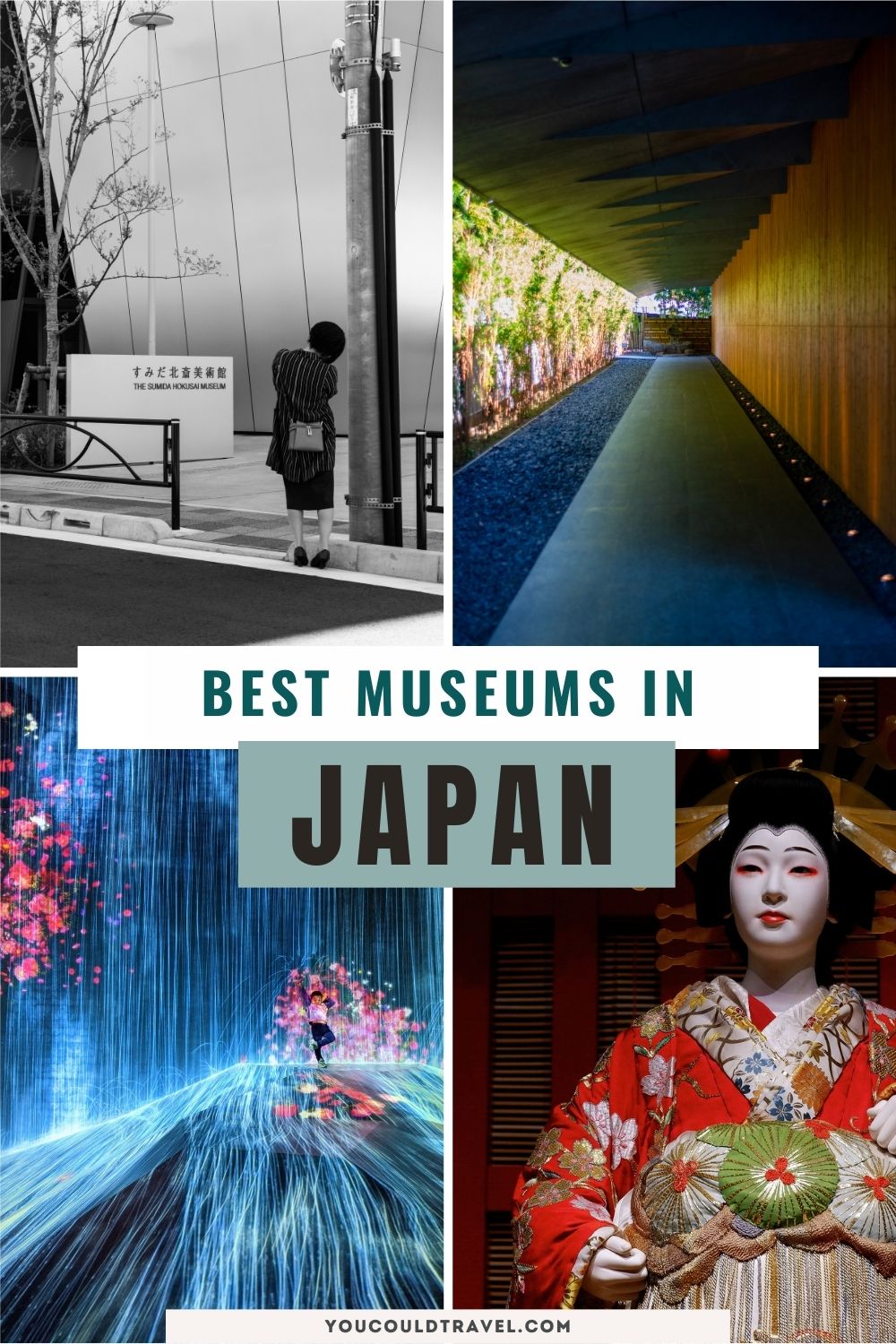
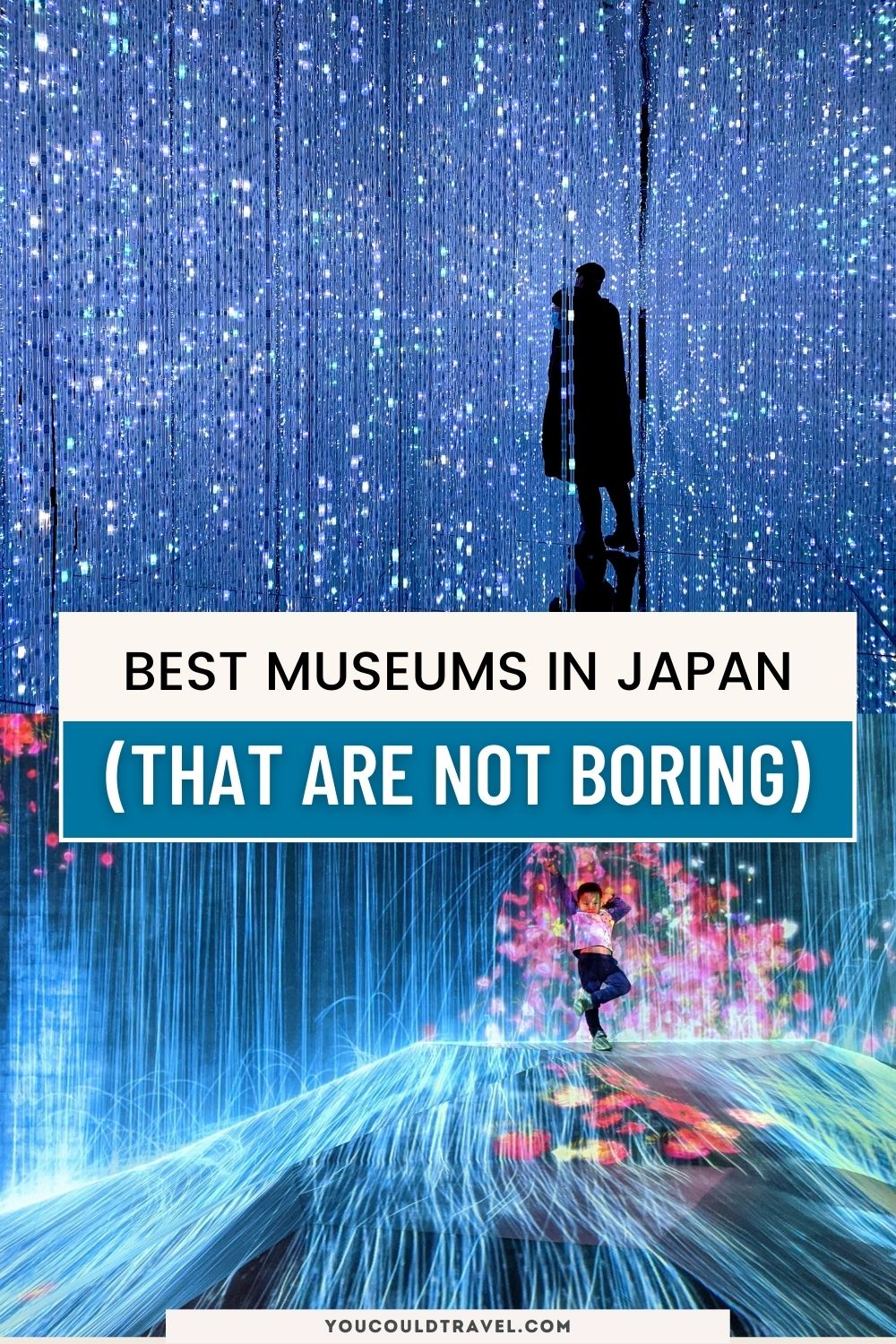

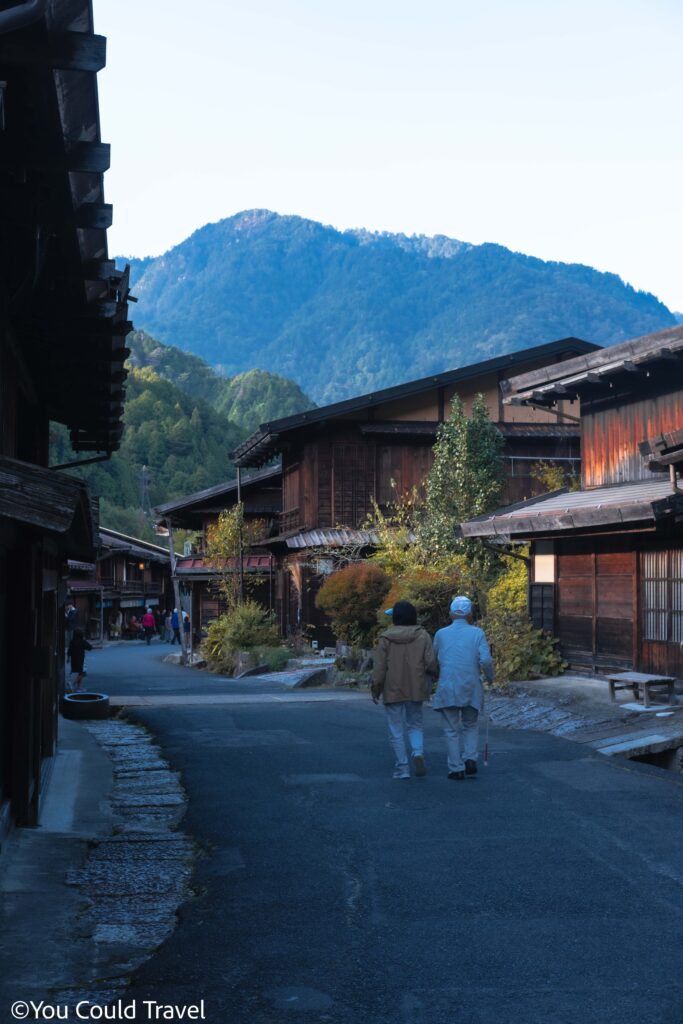
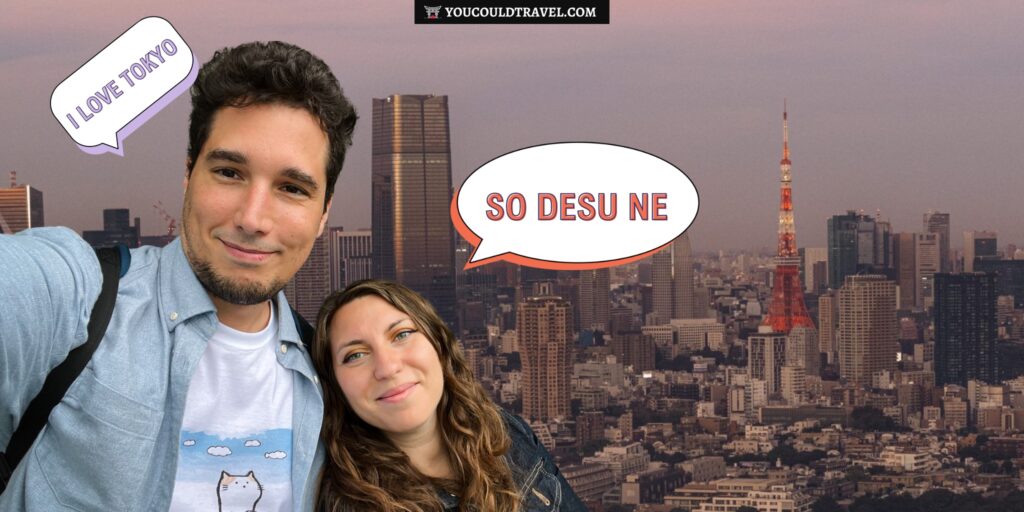
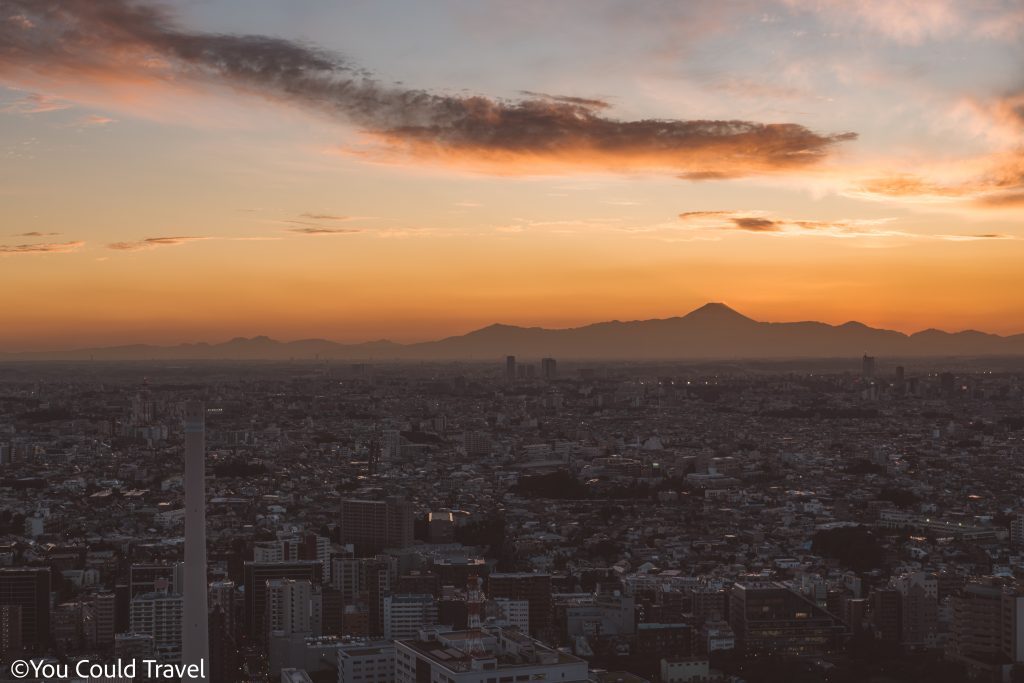
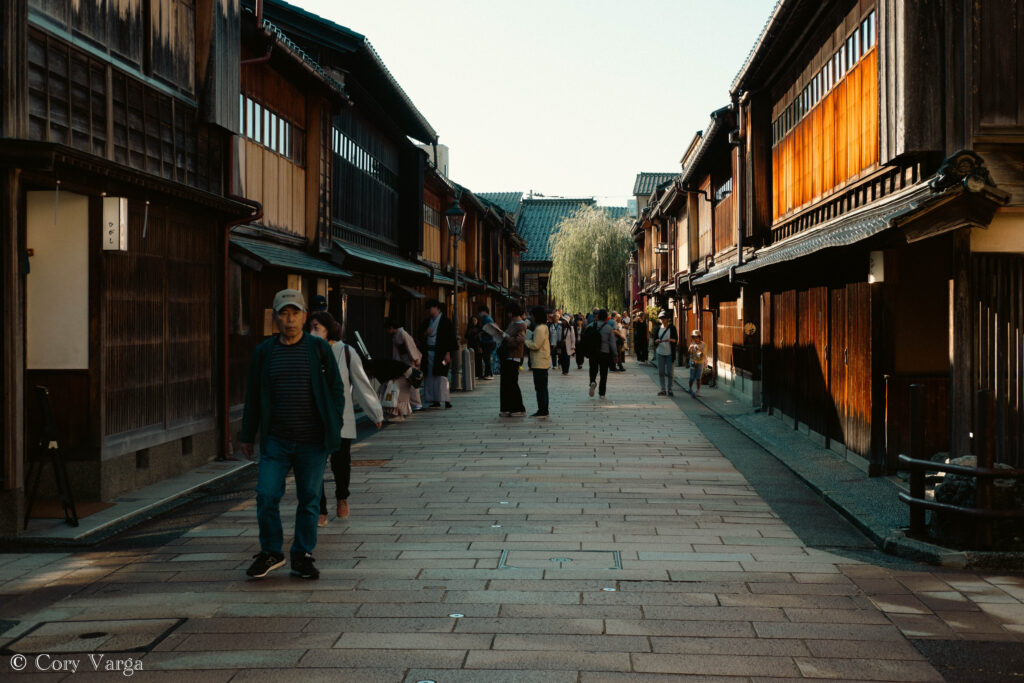
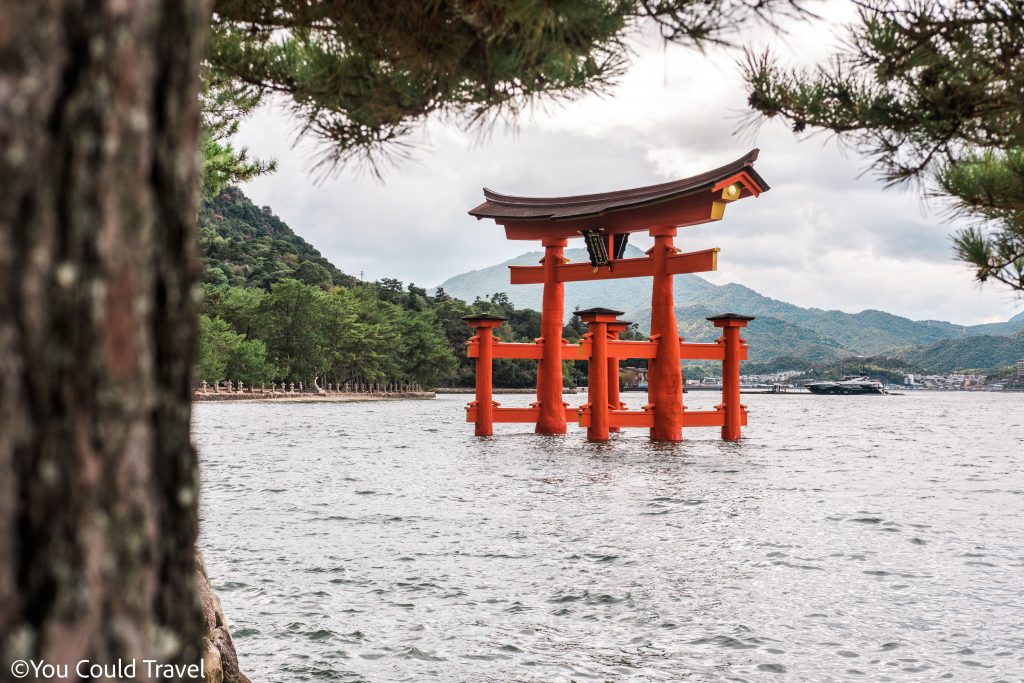
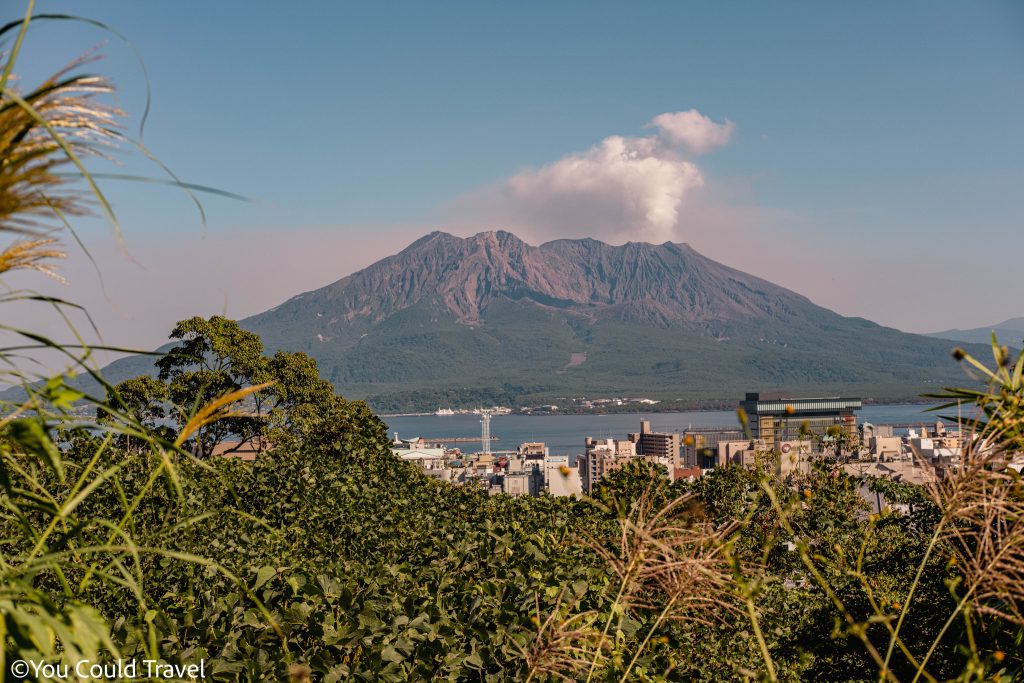
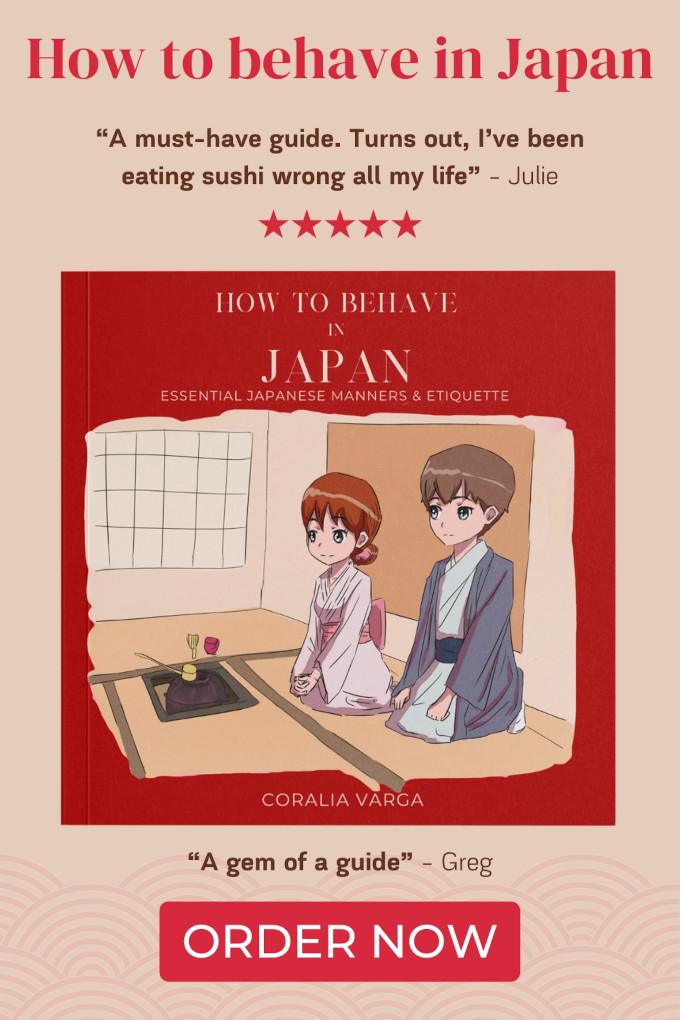

Leave a Reply